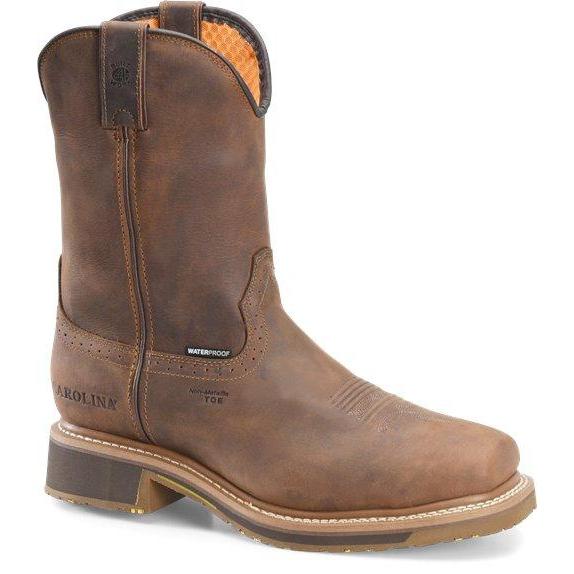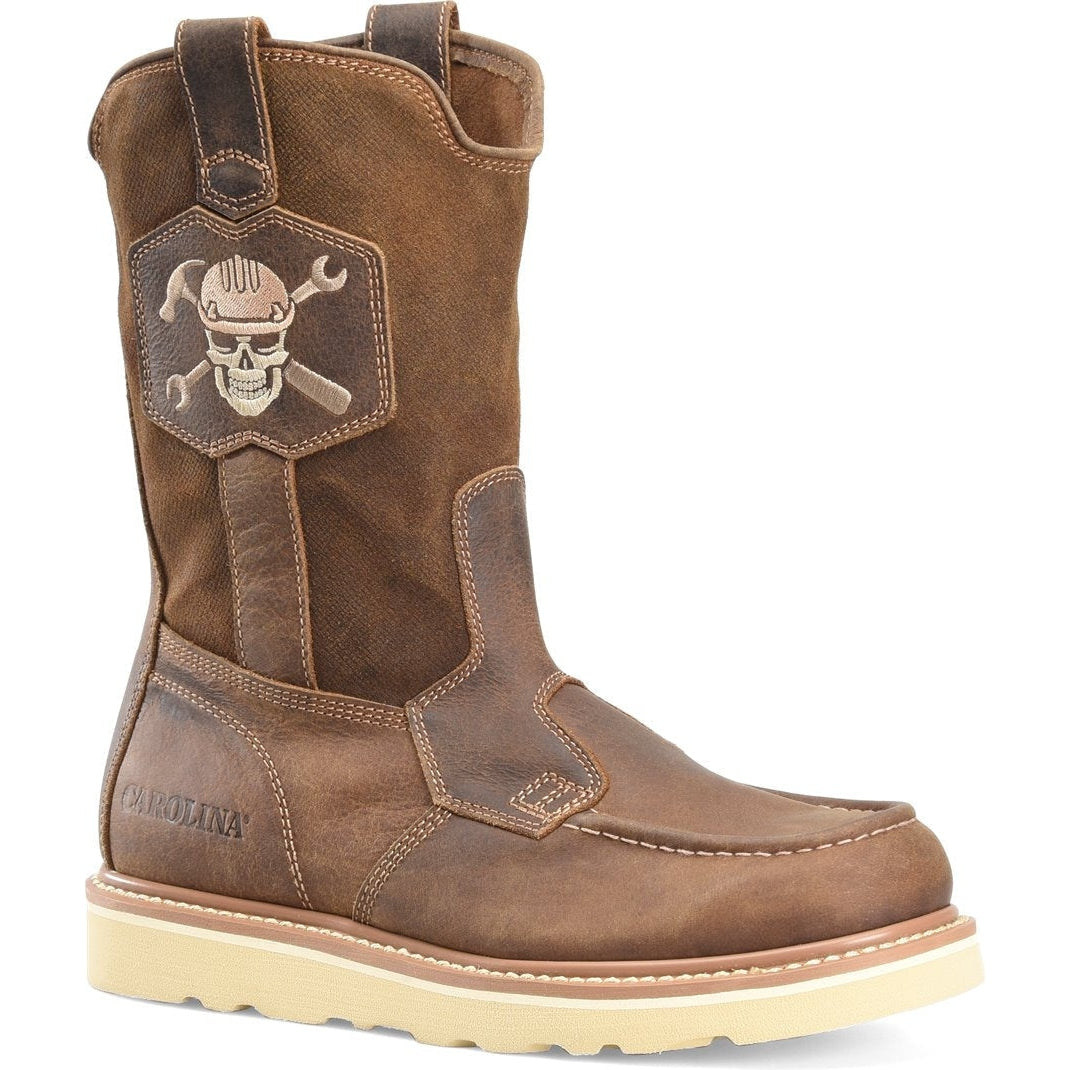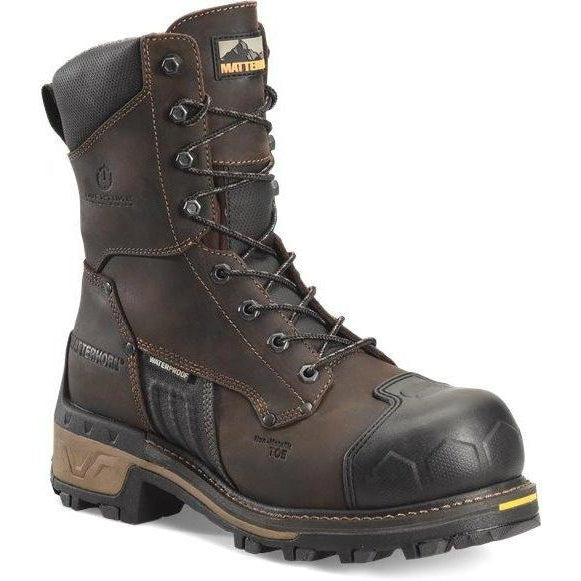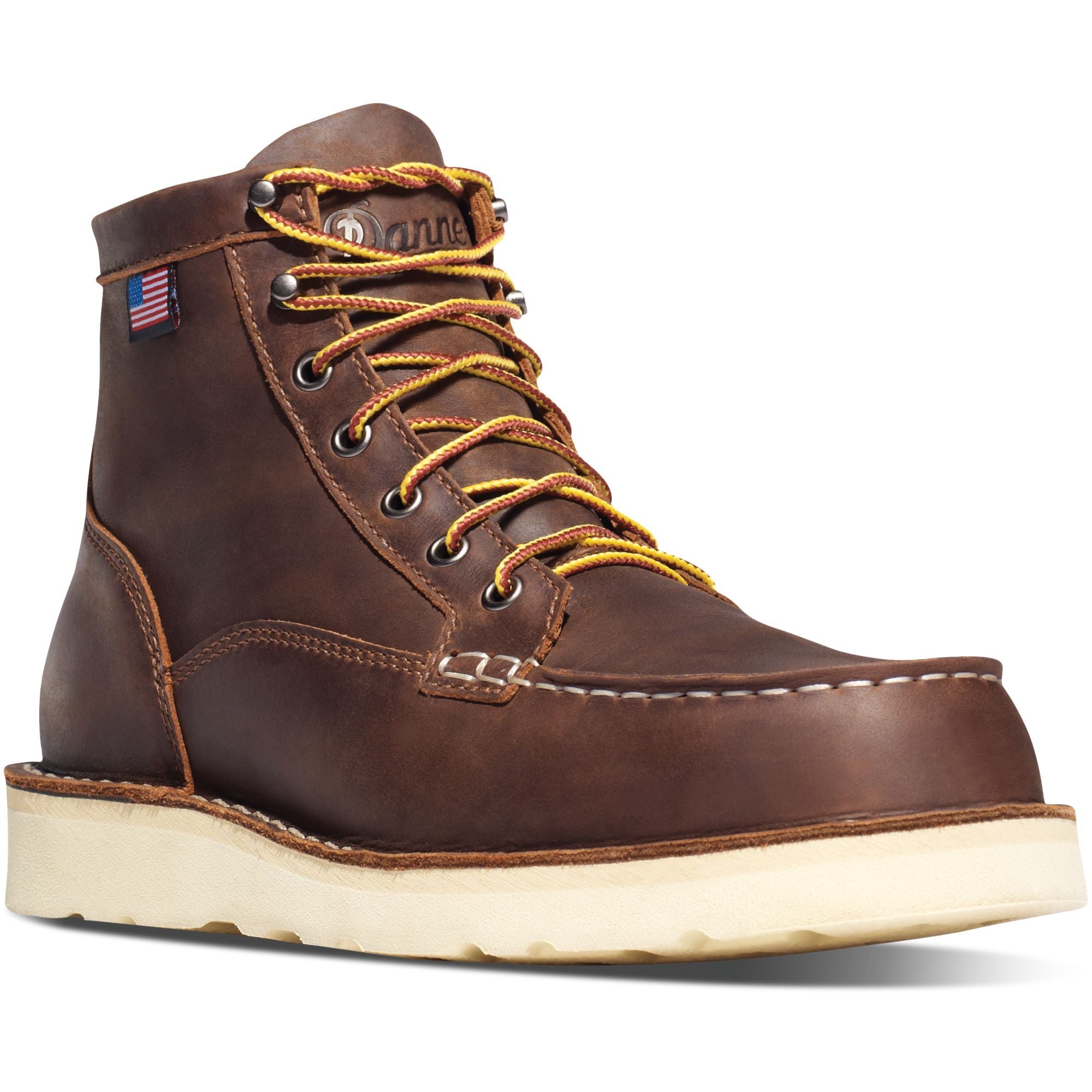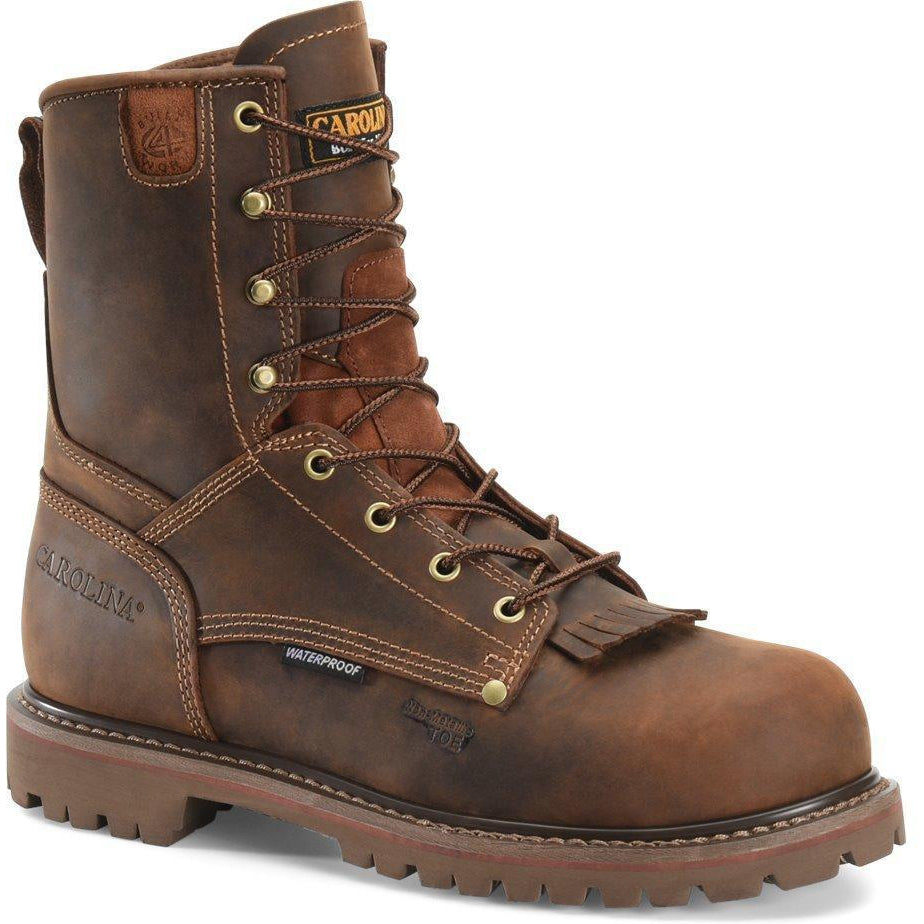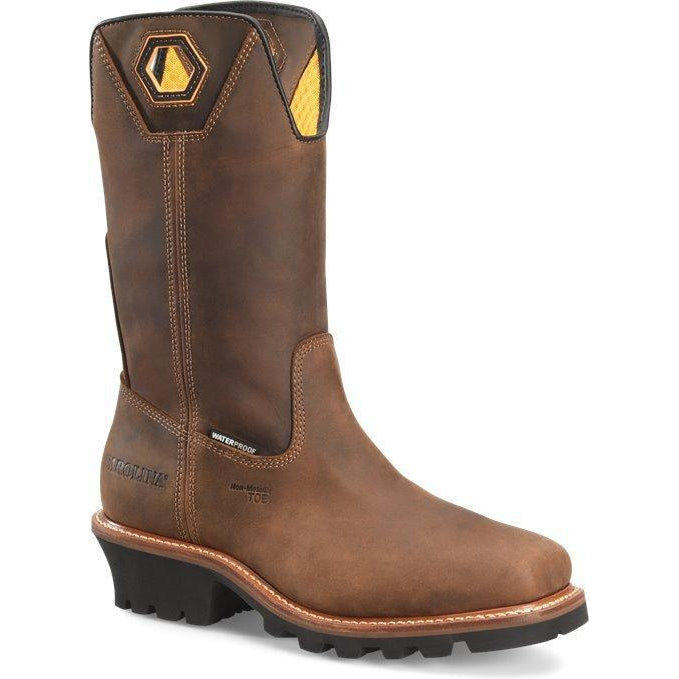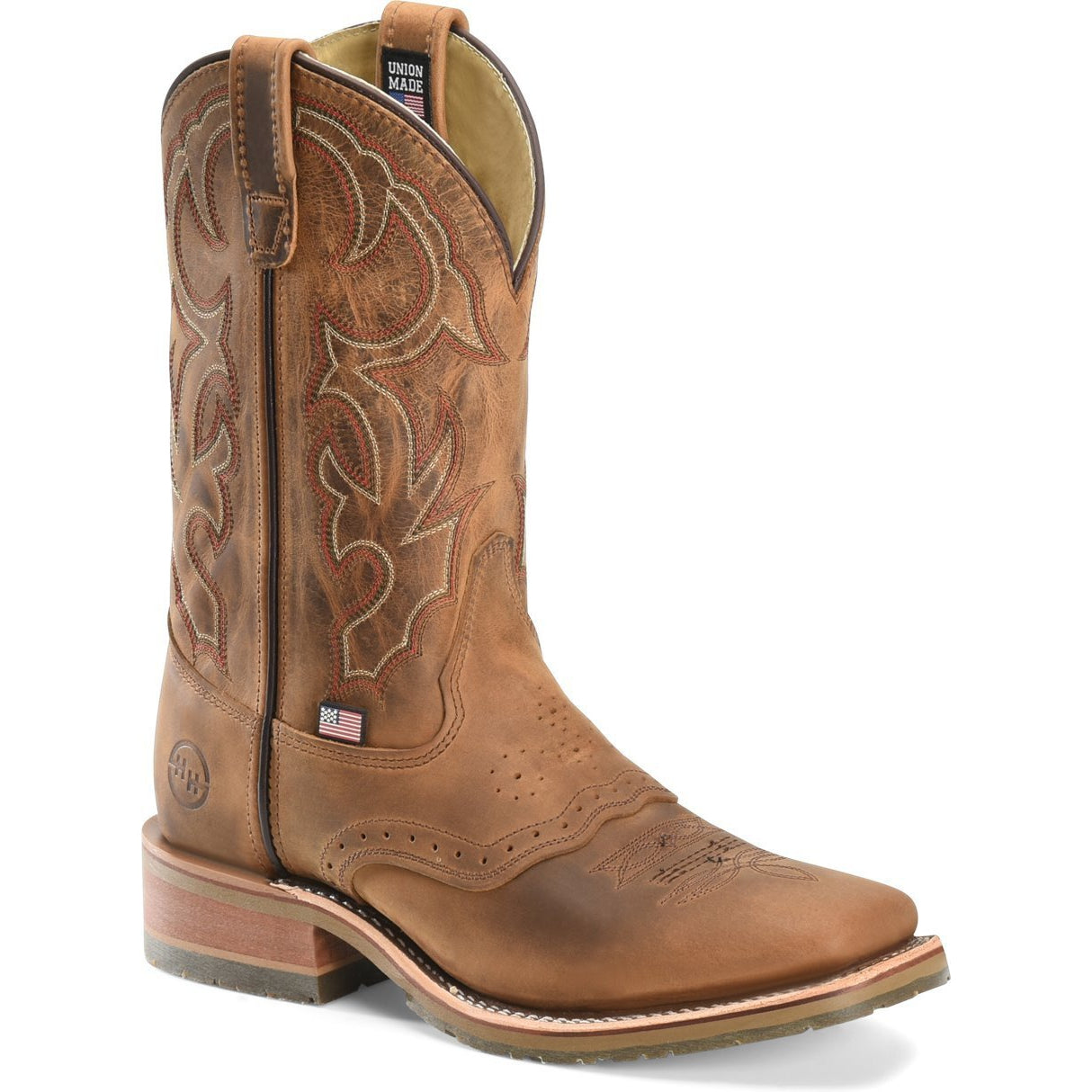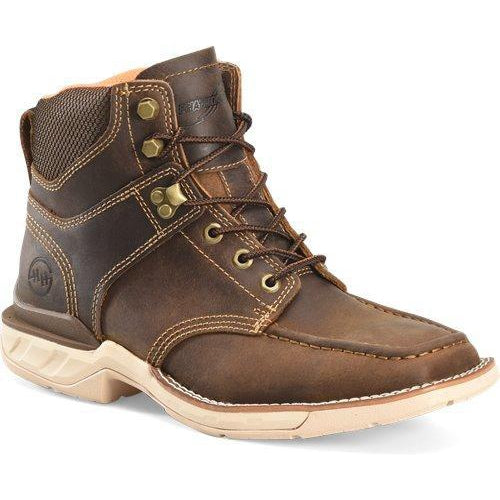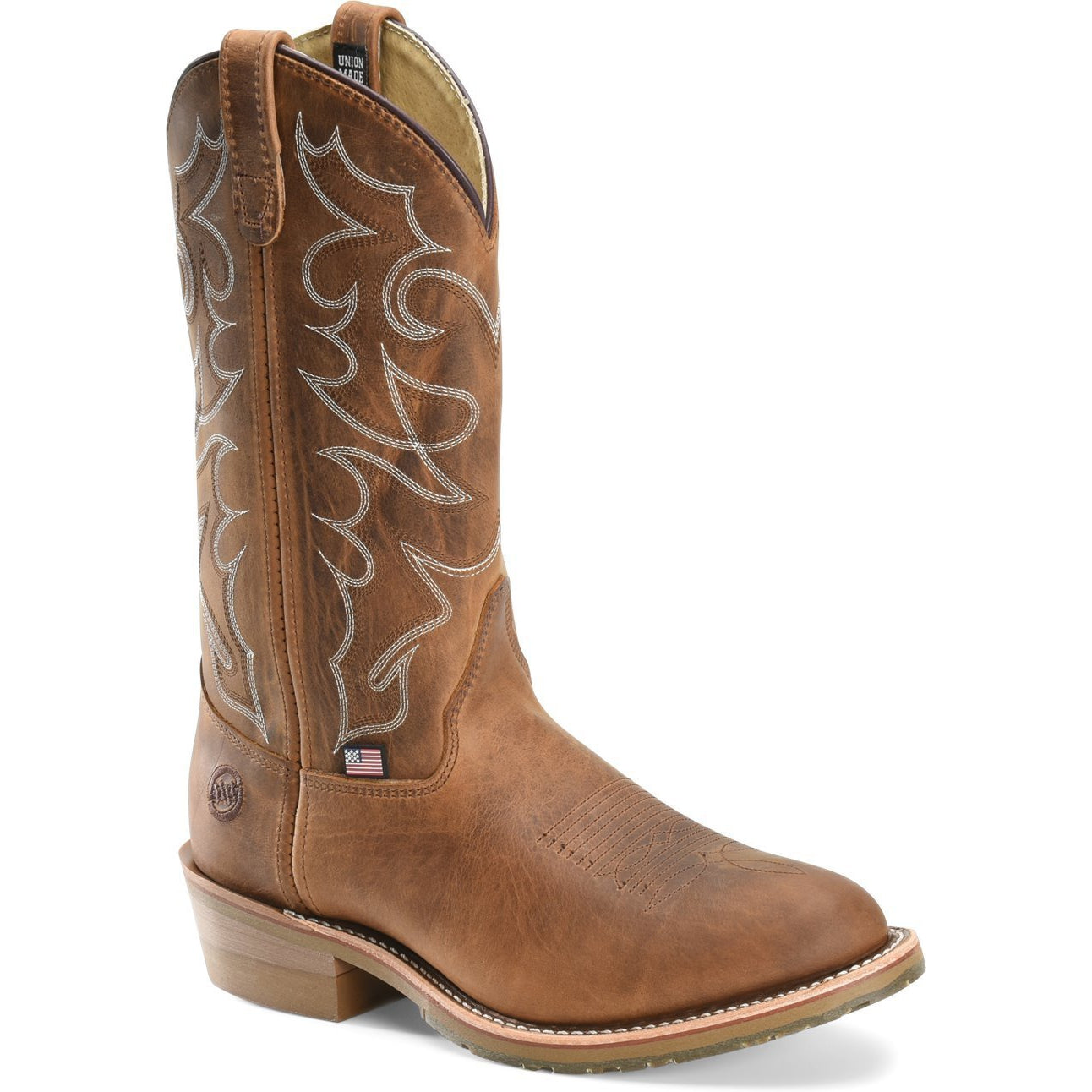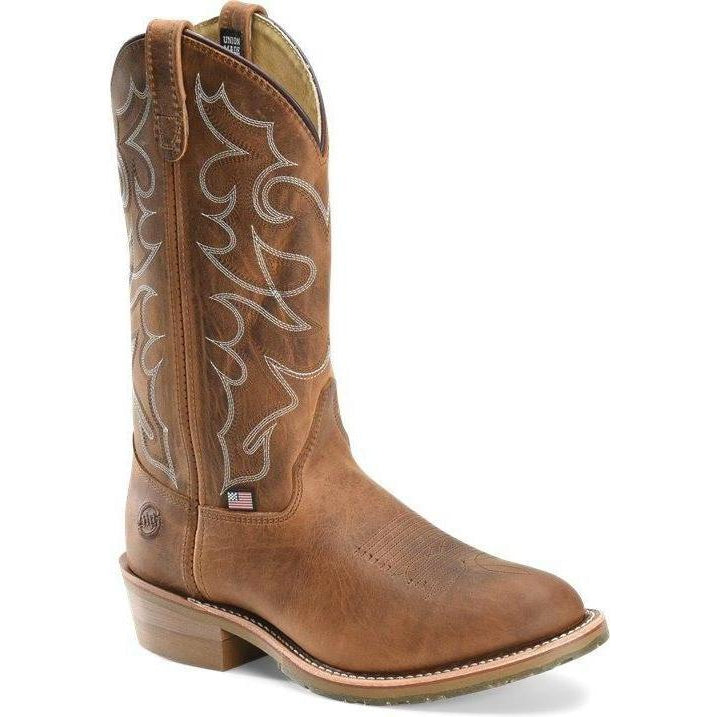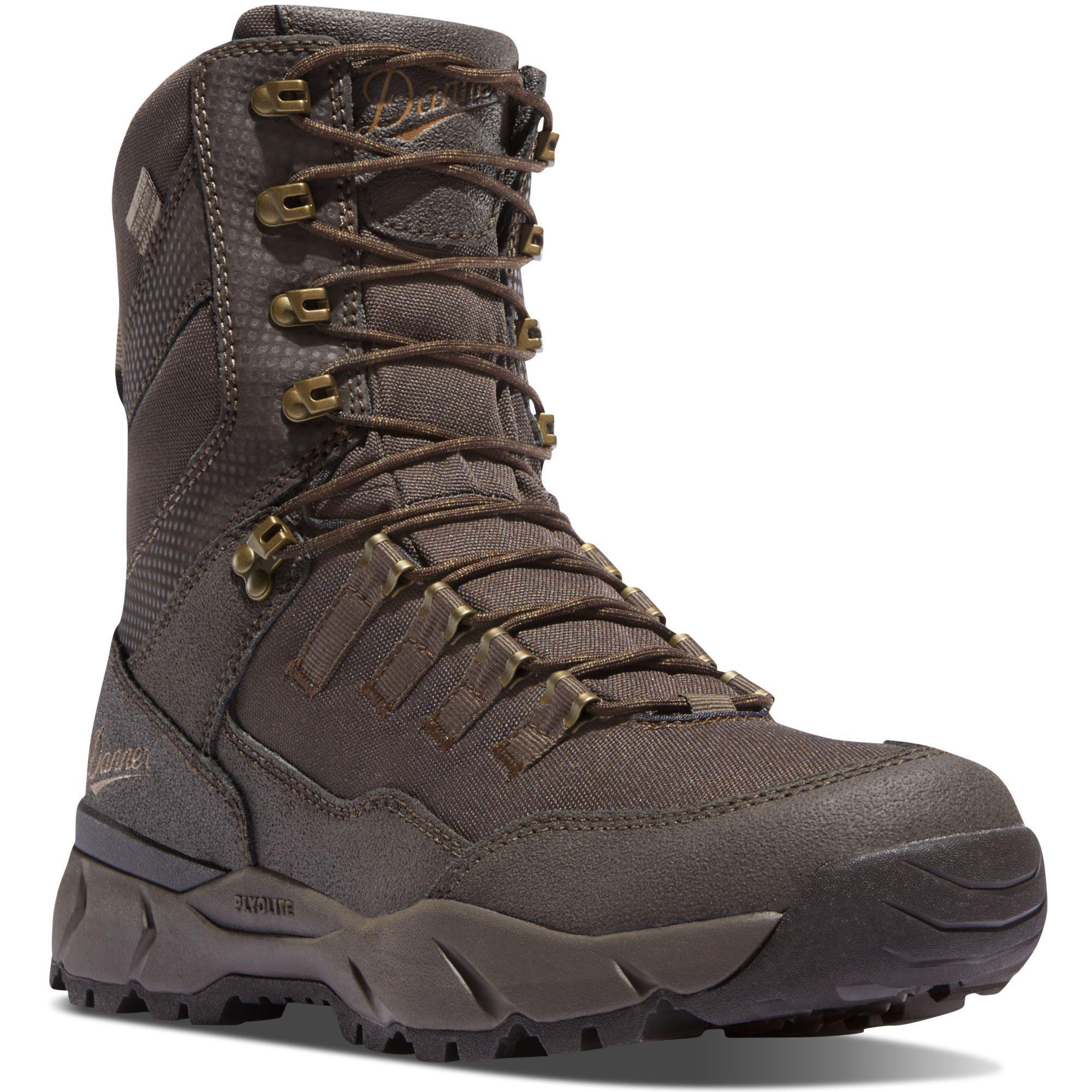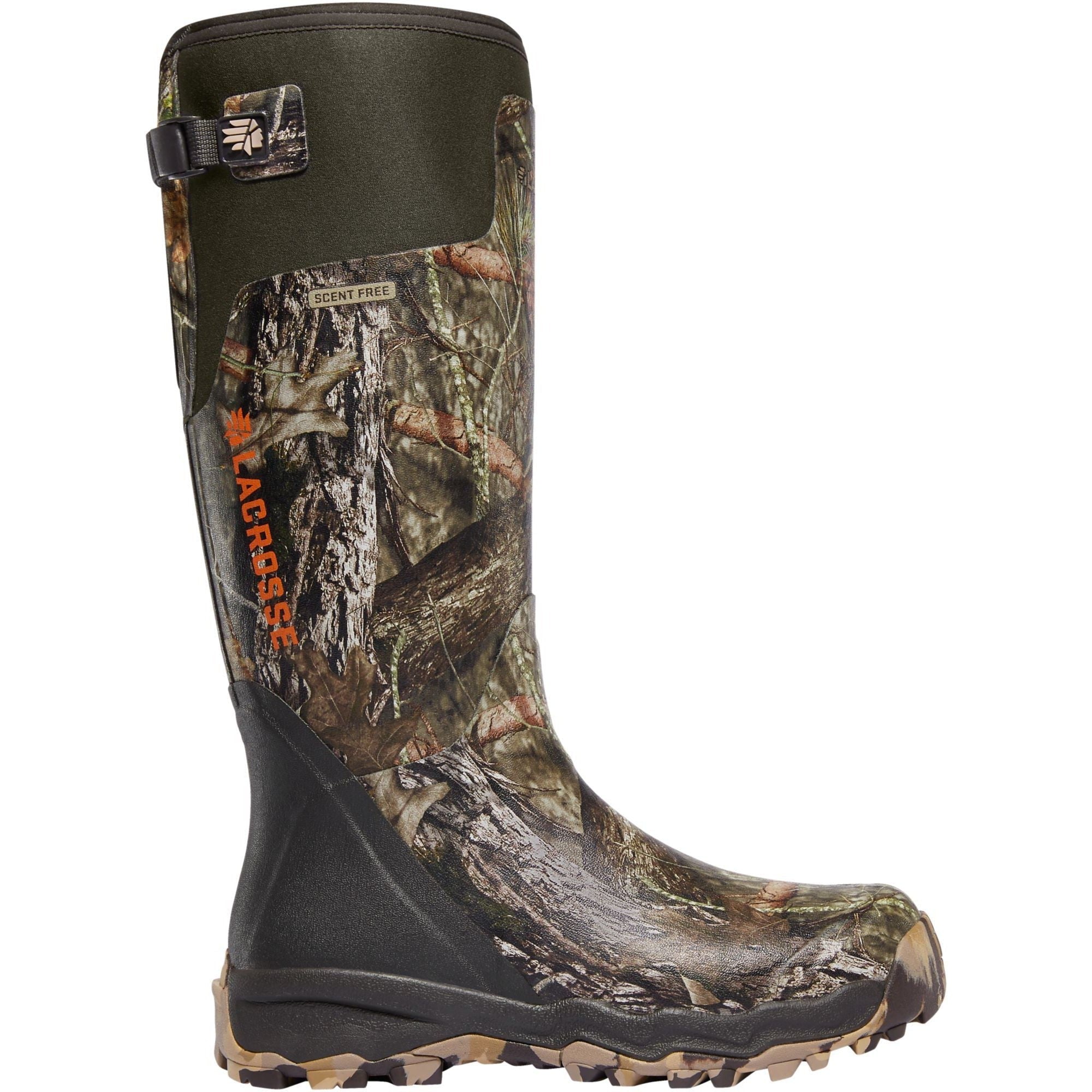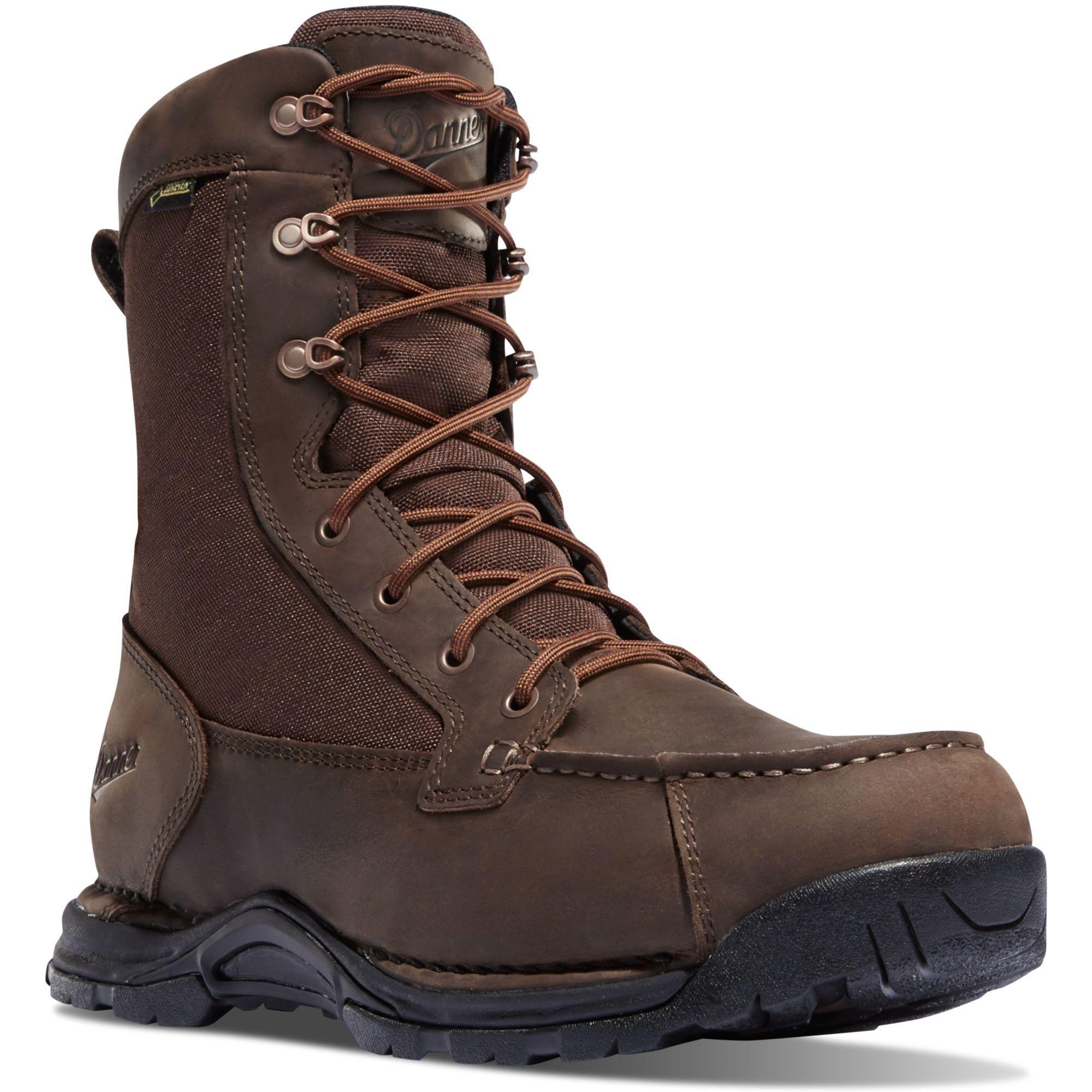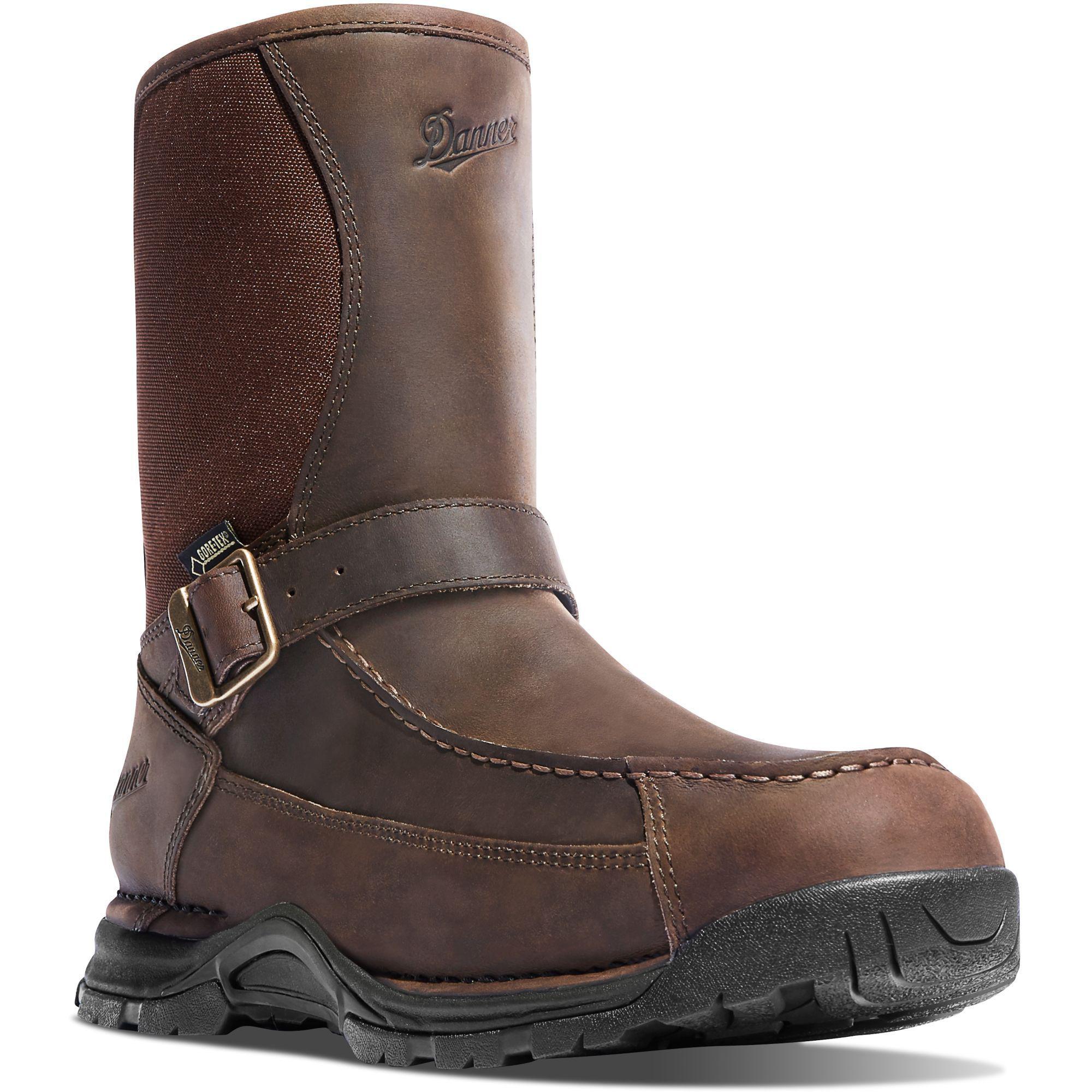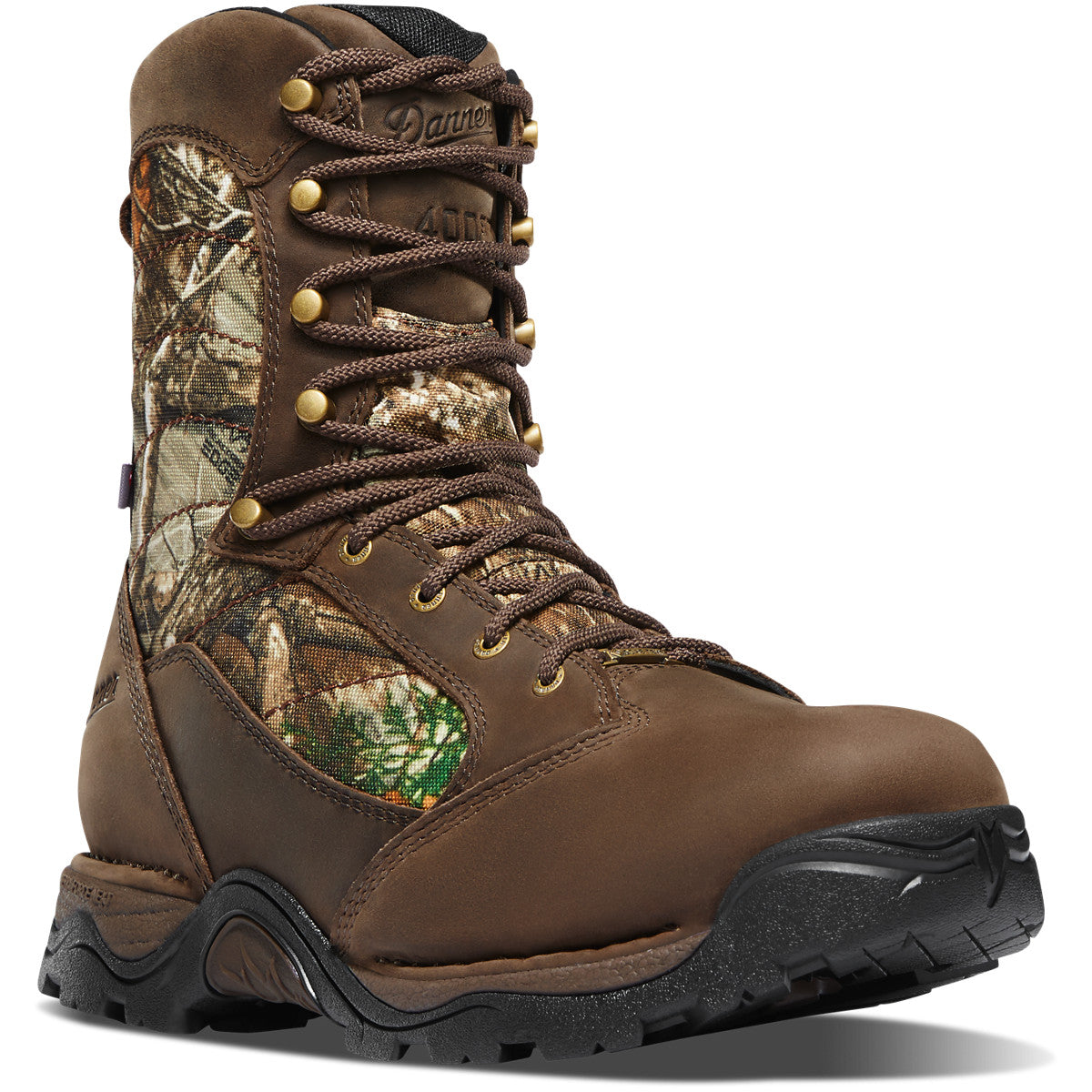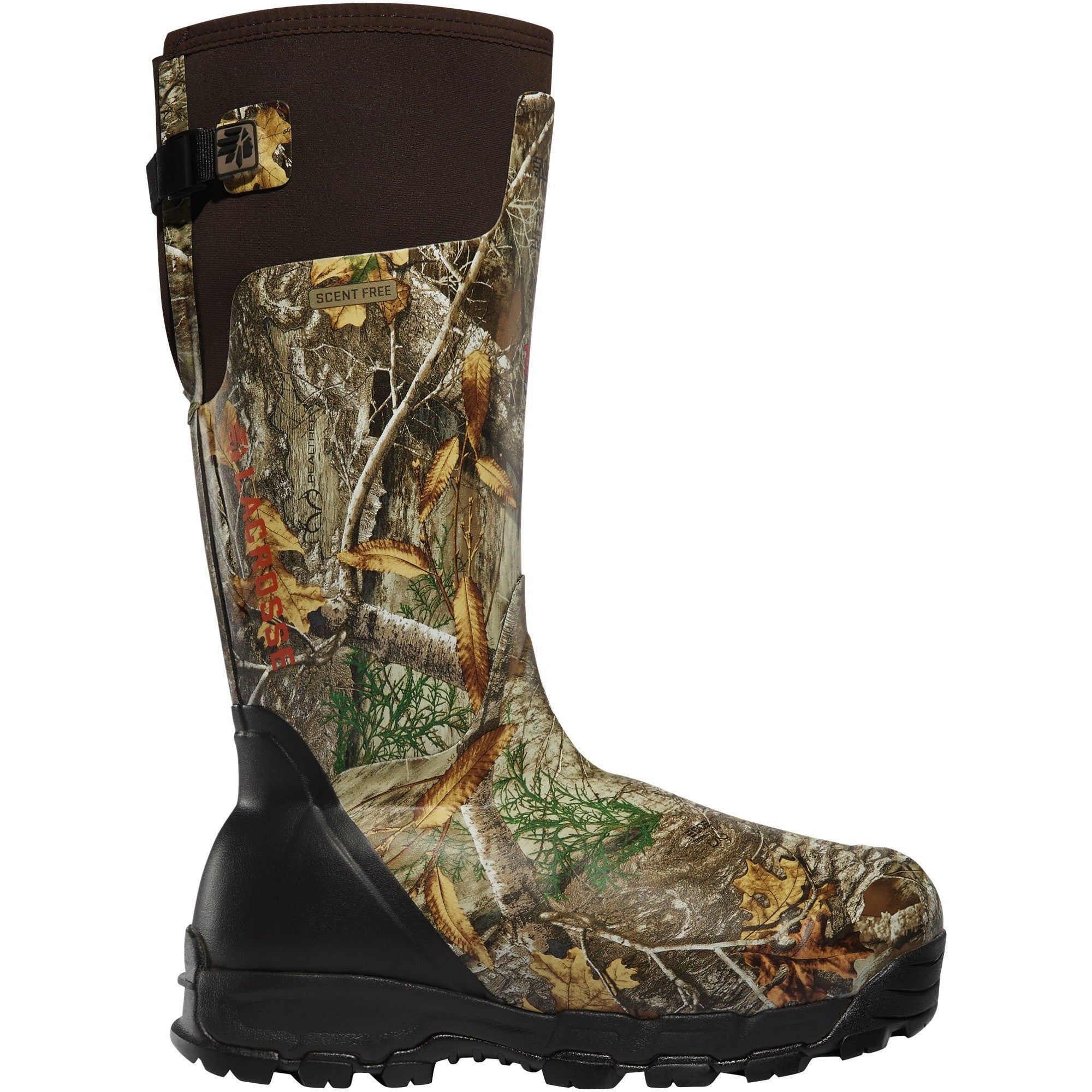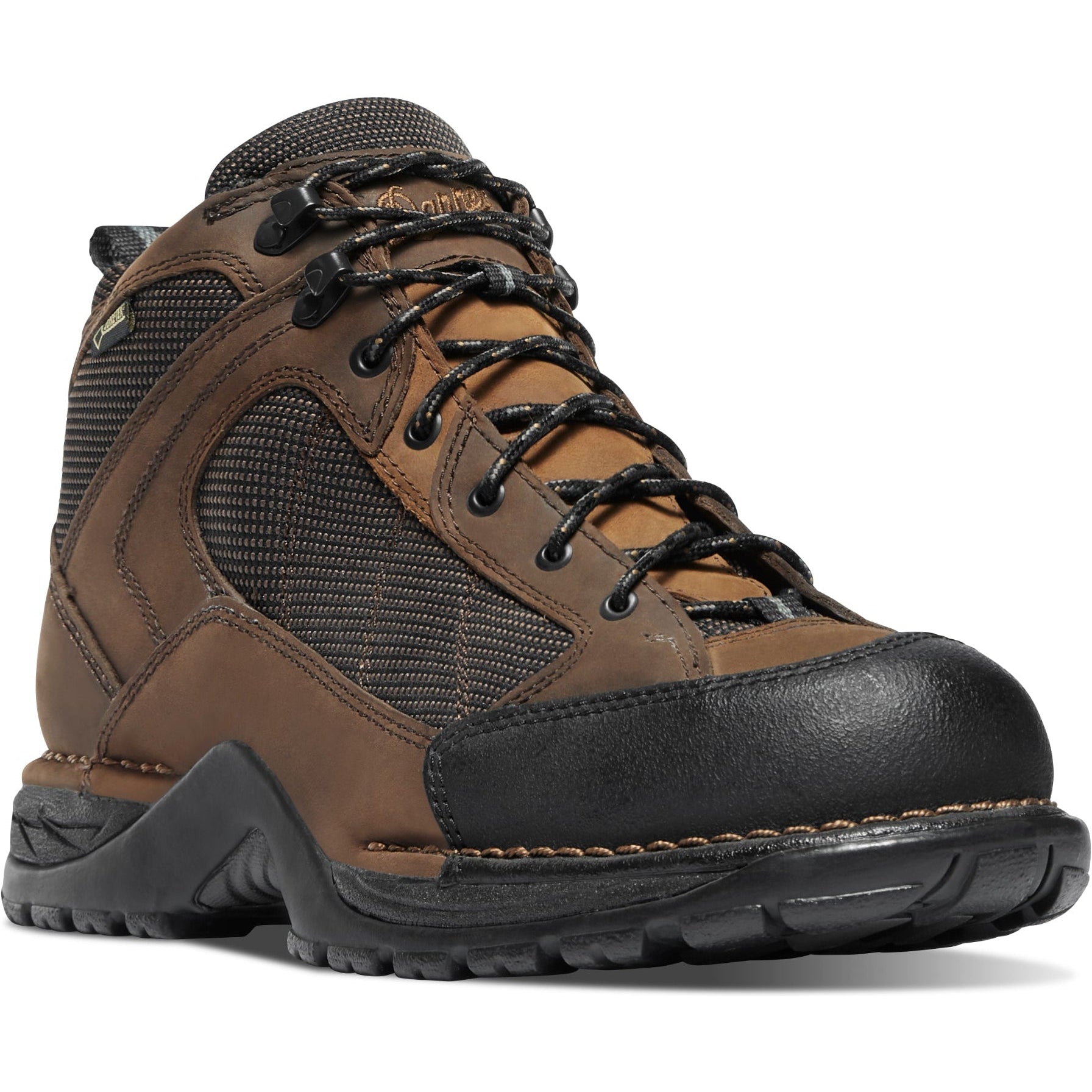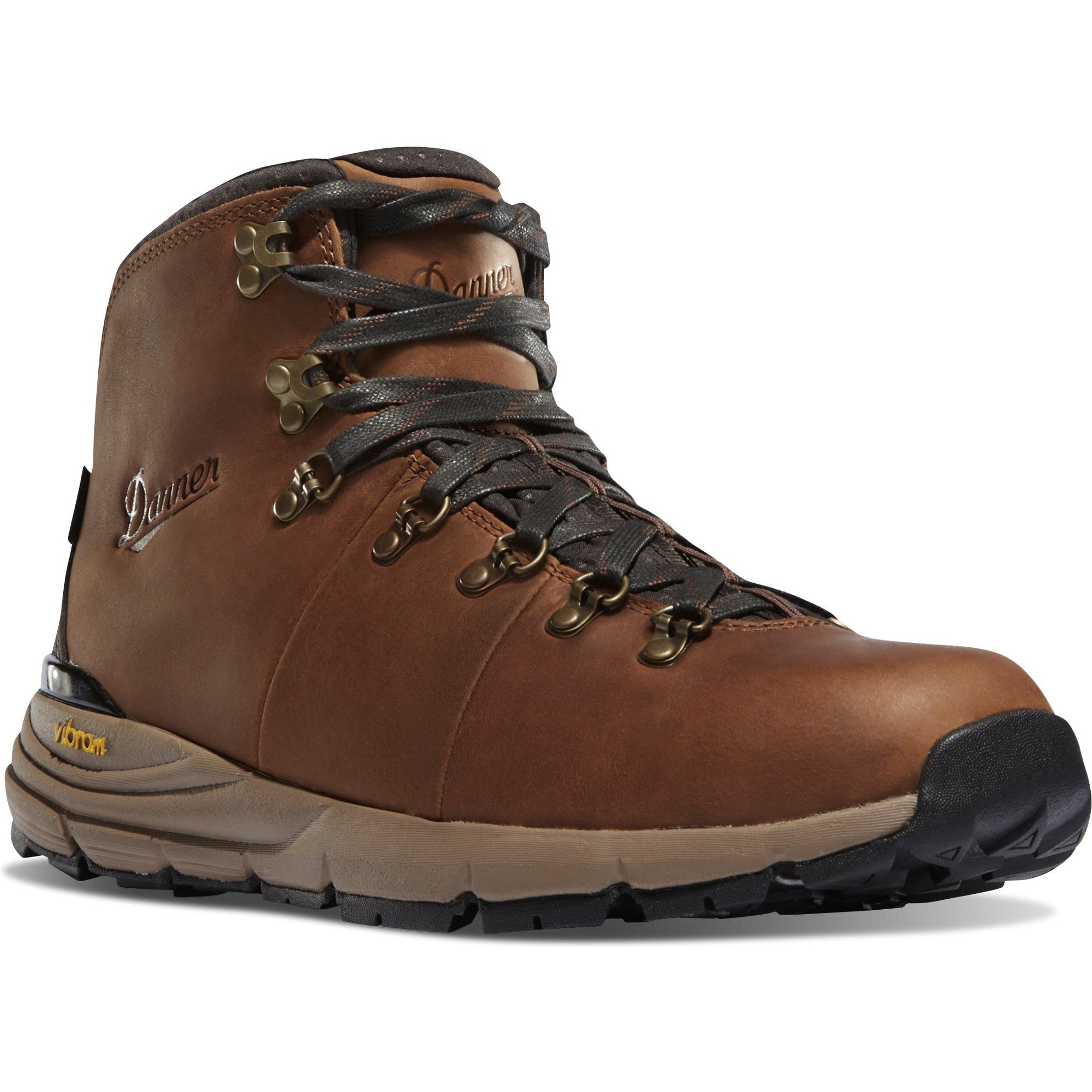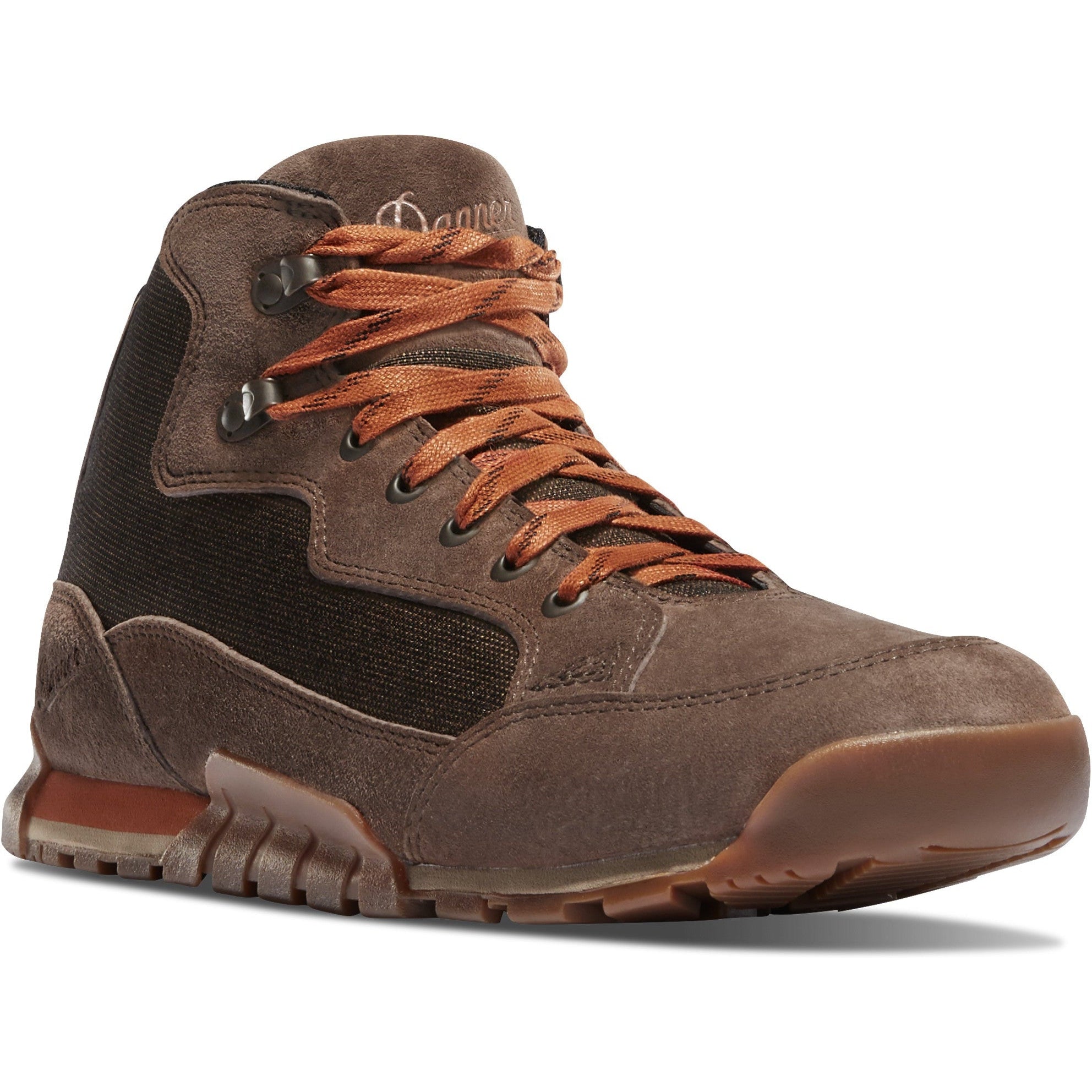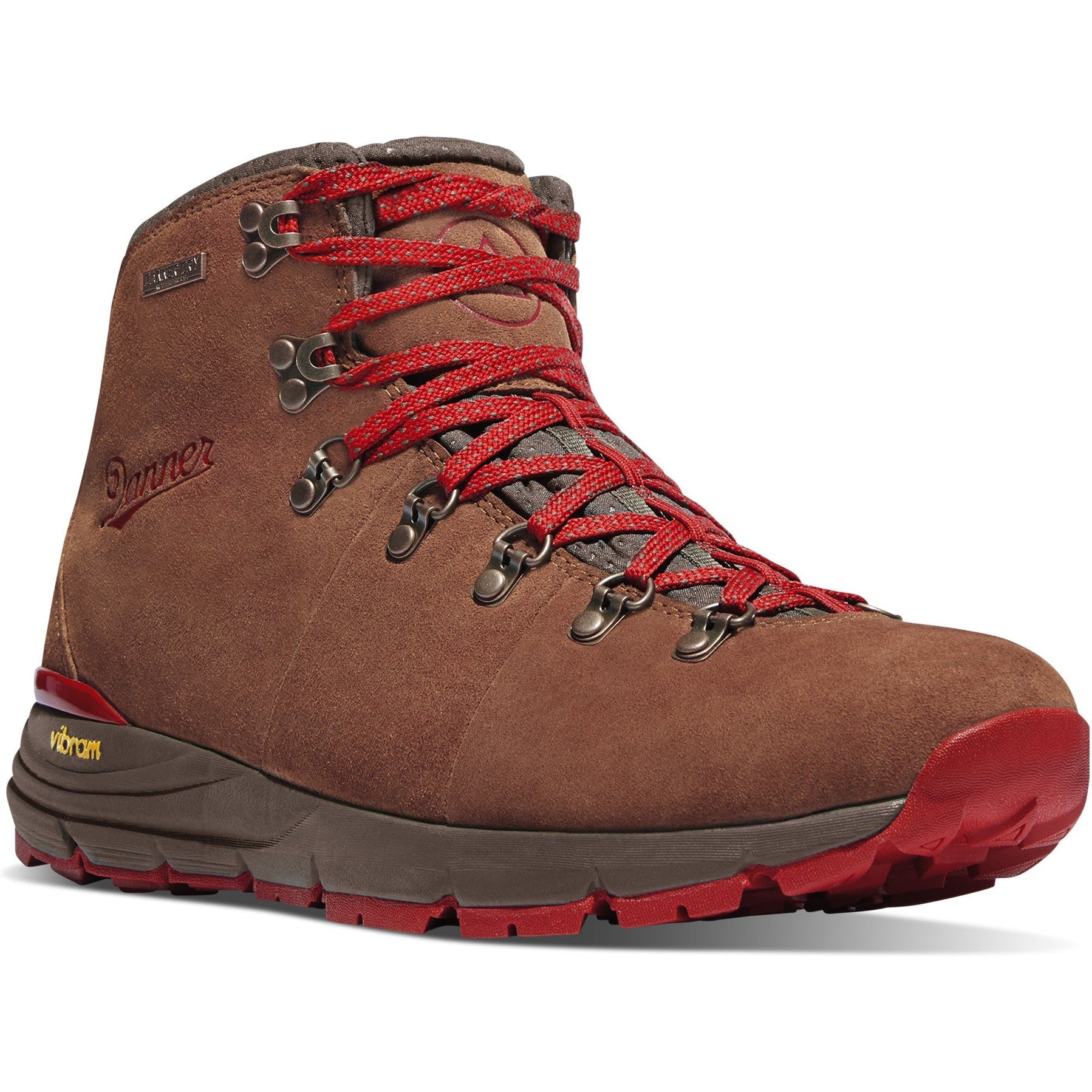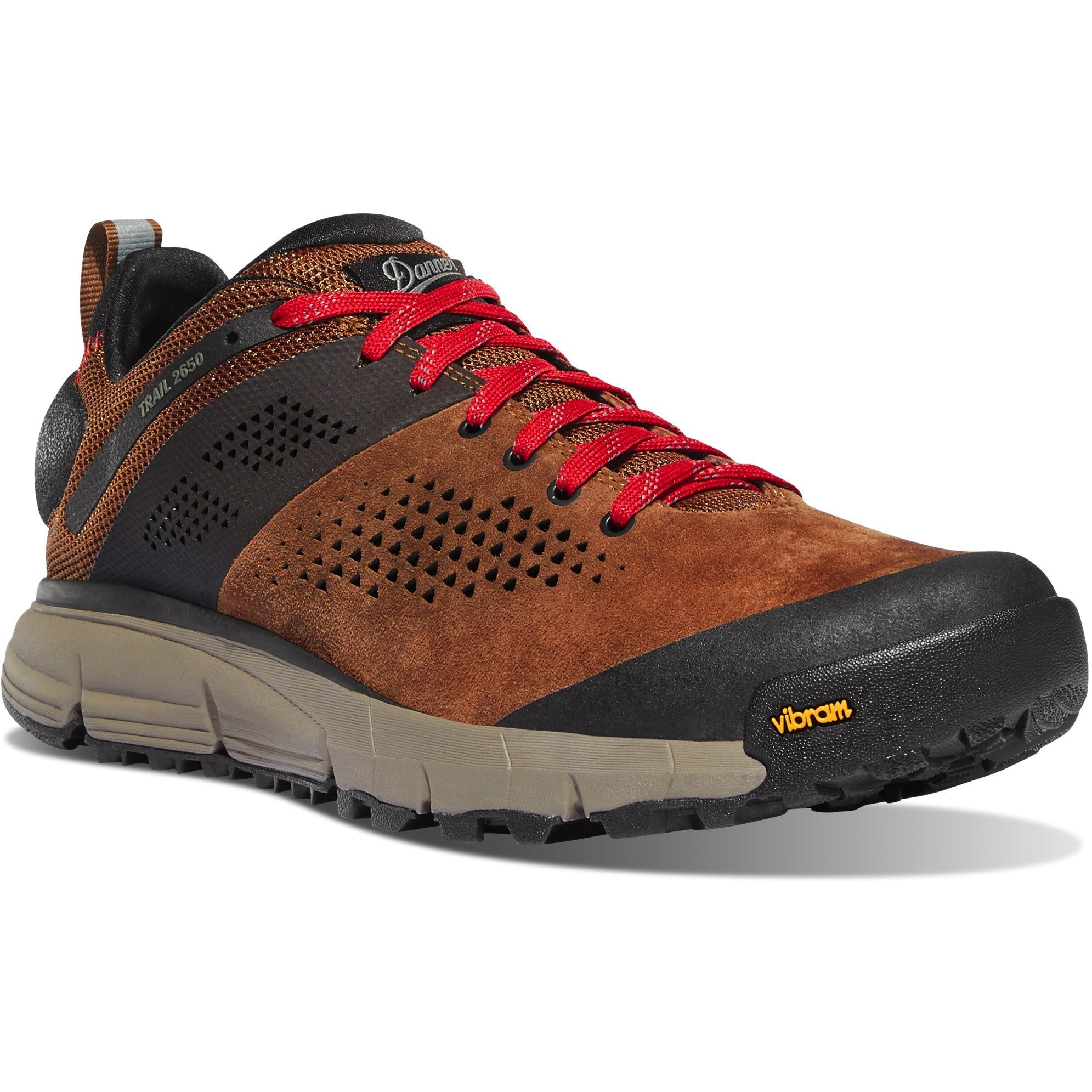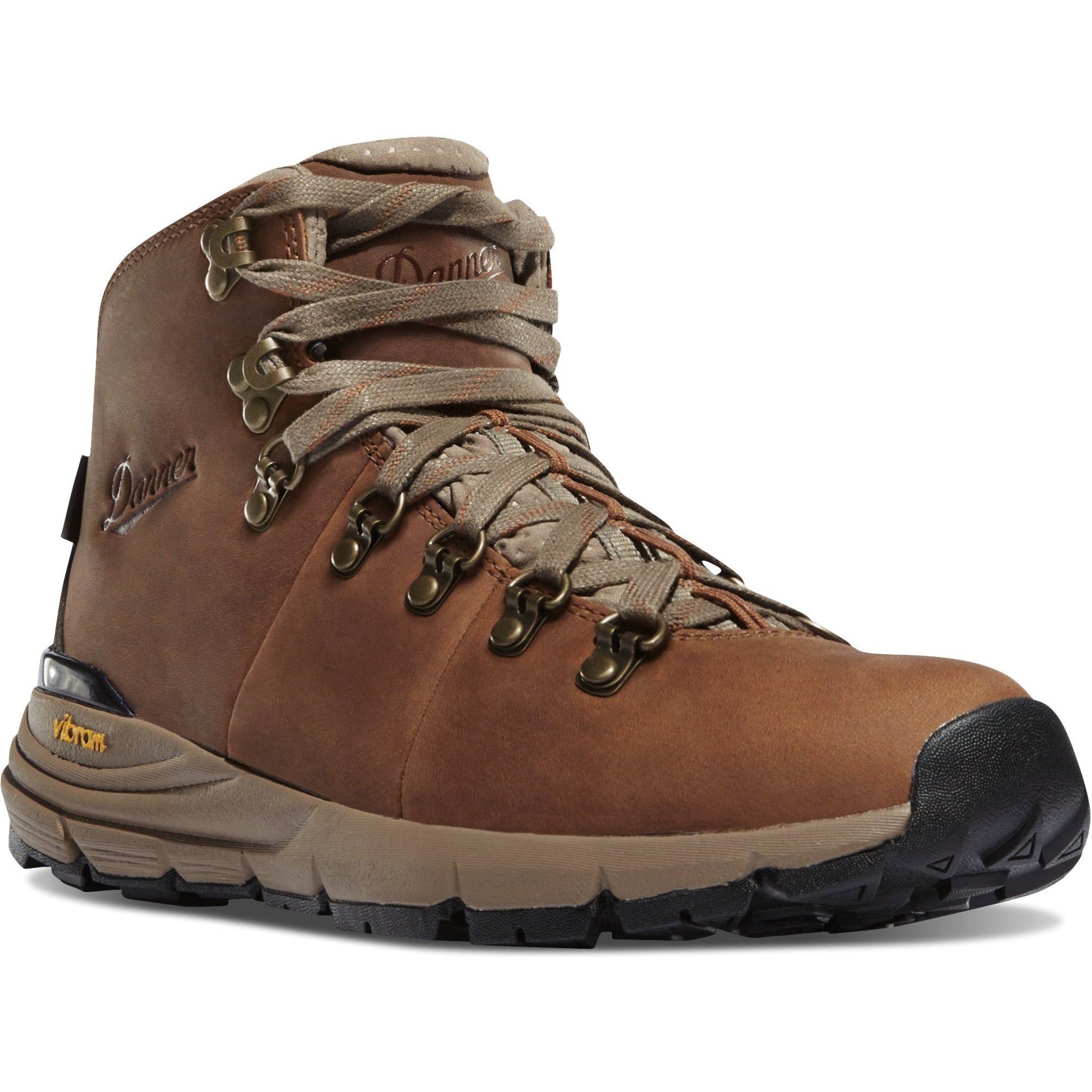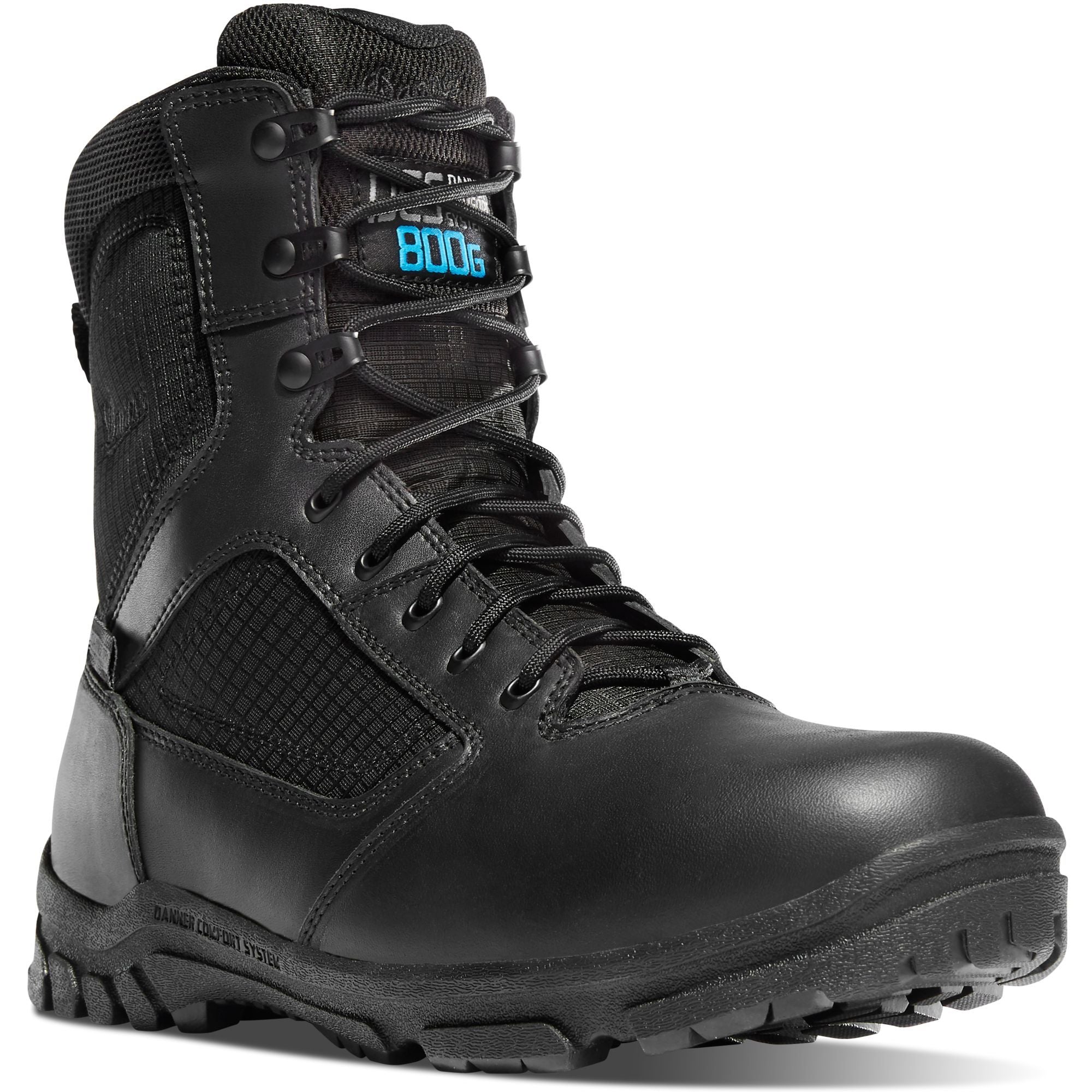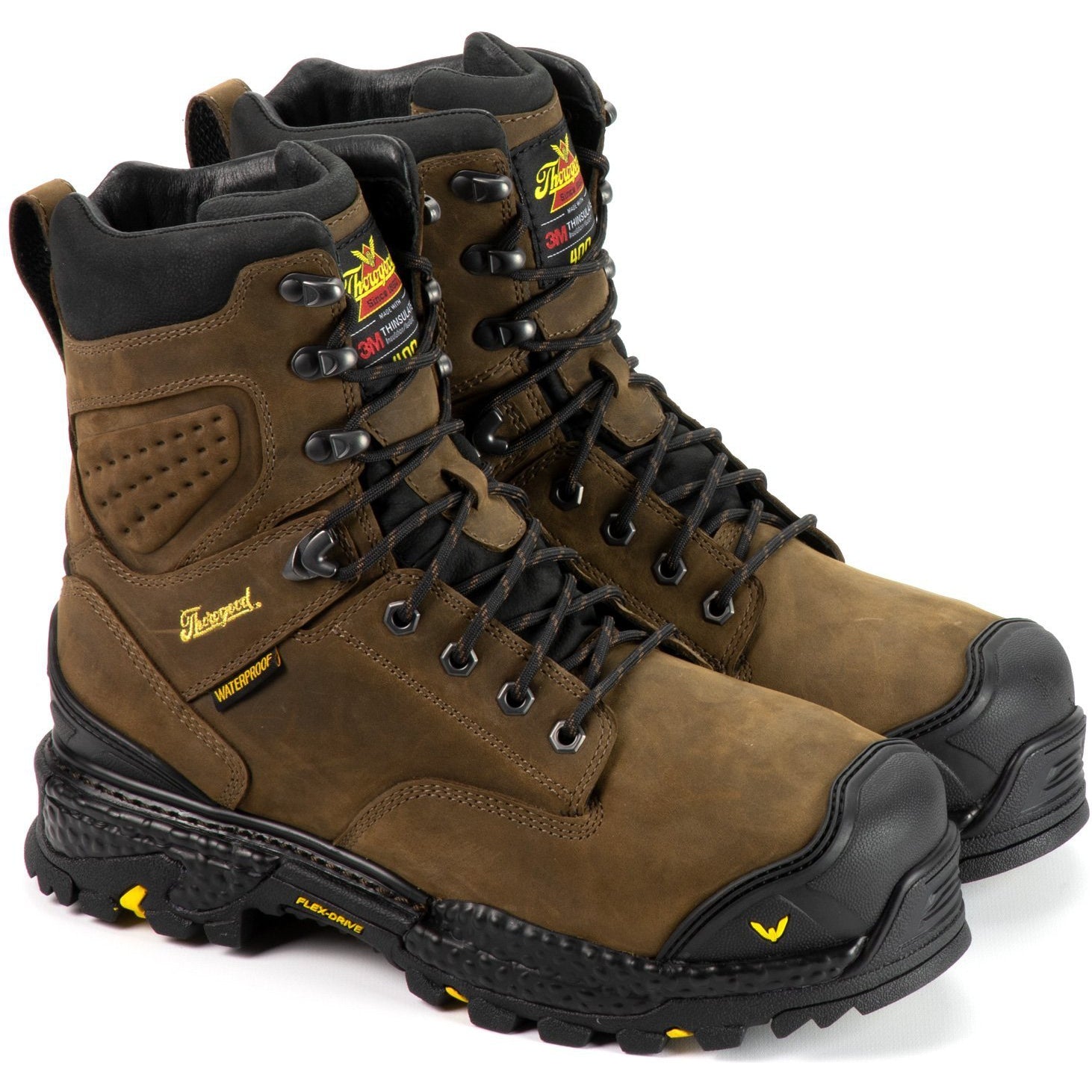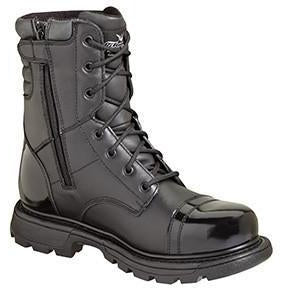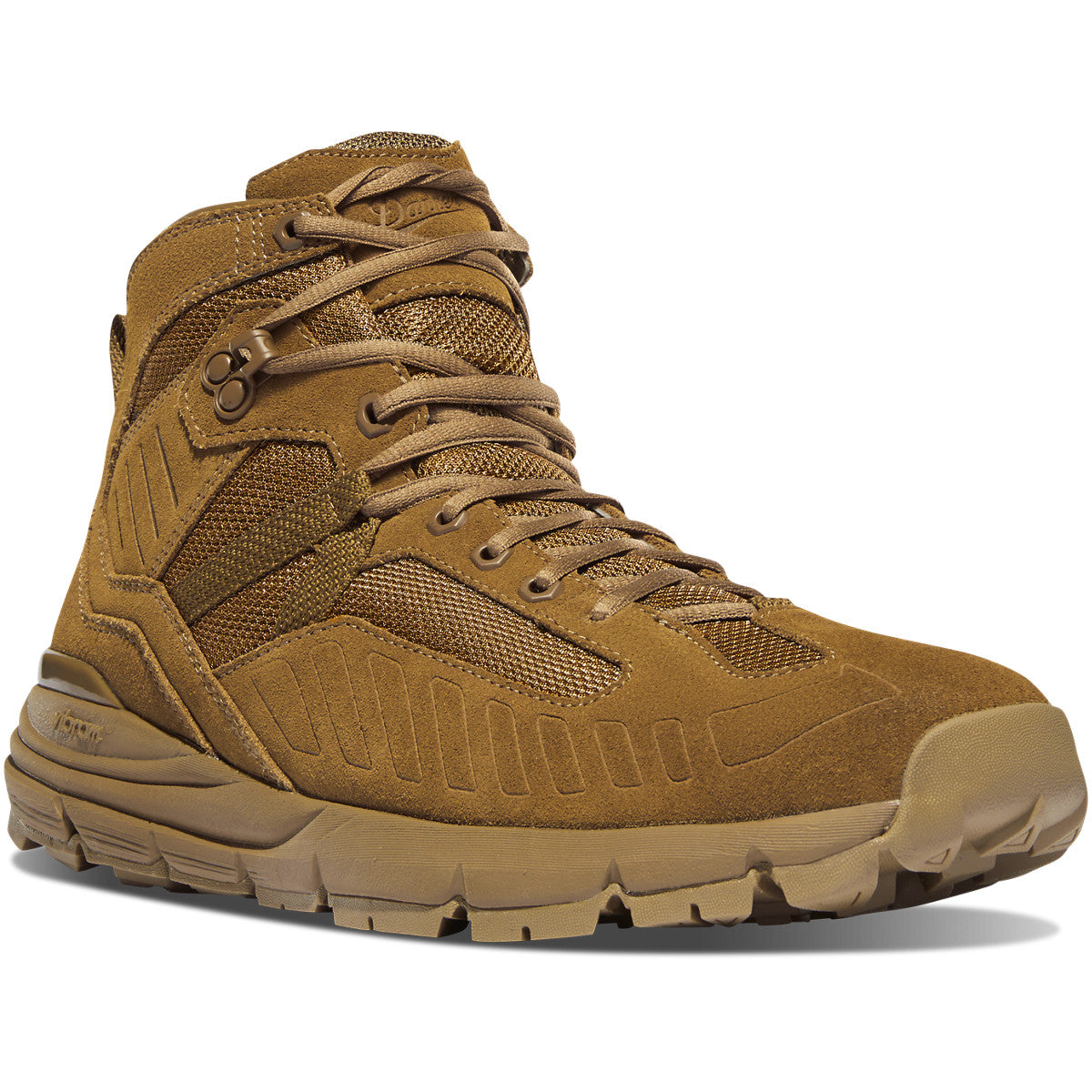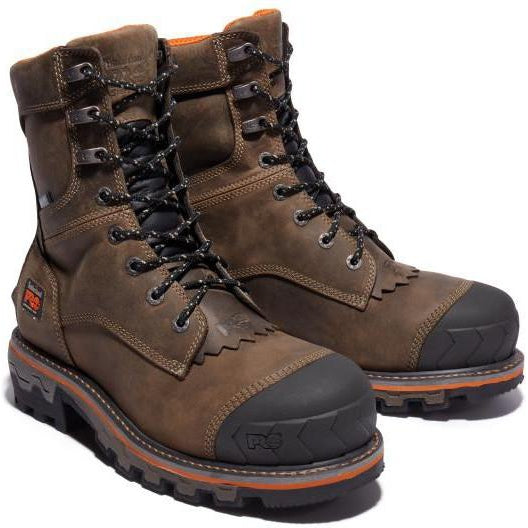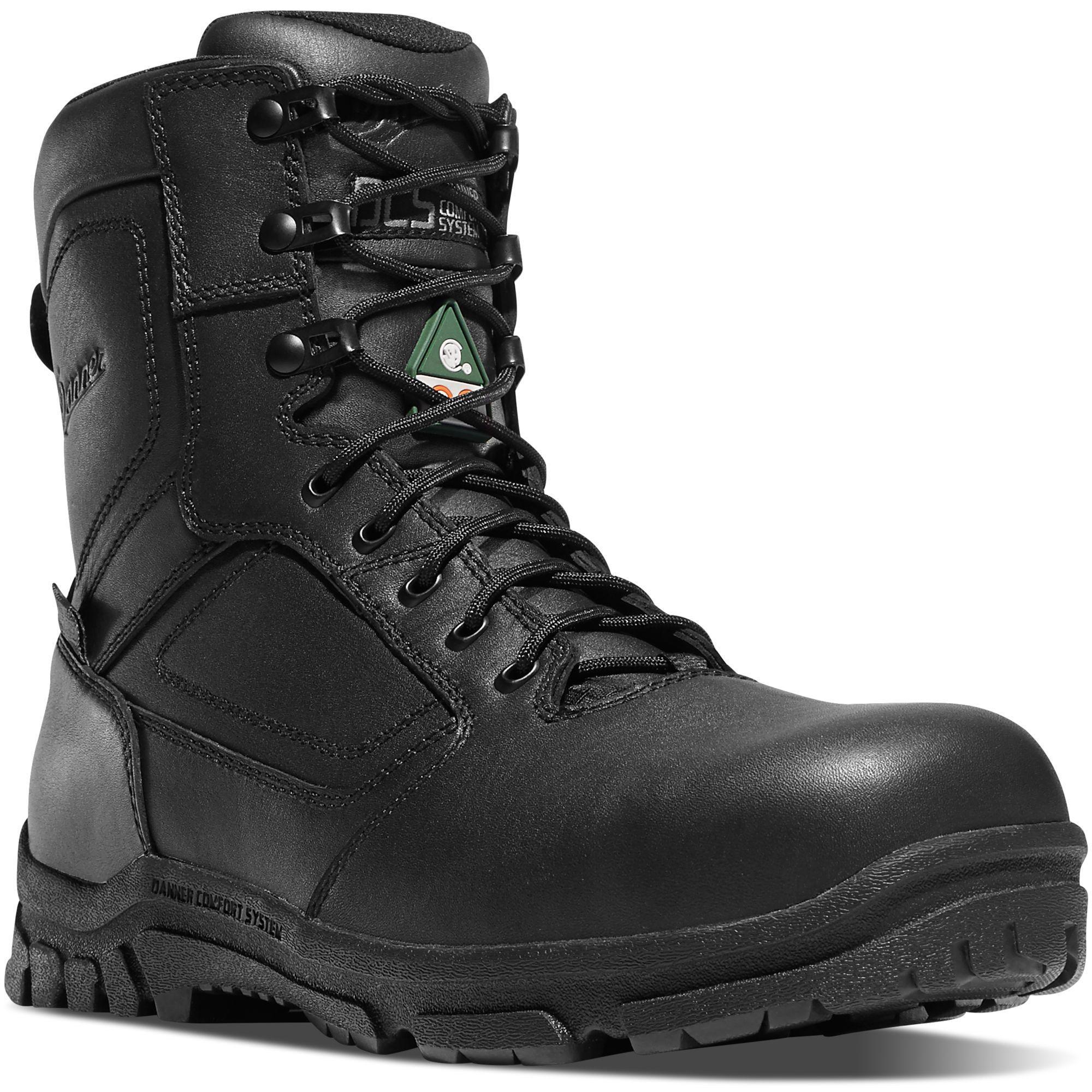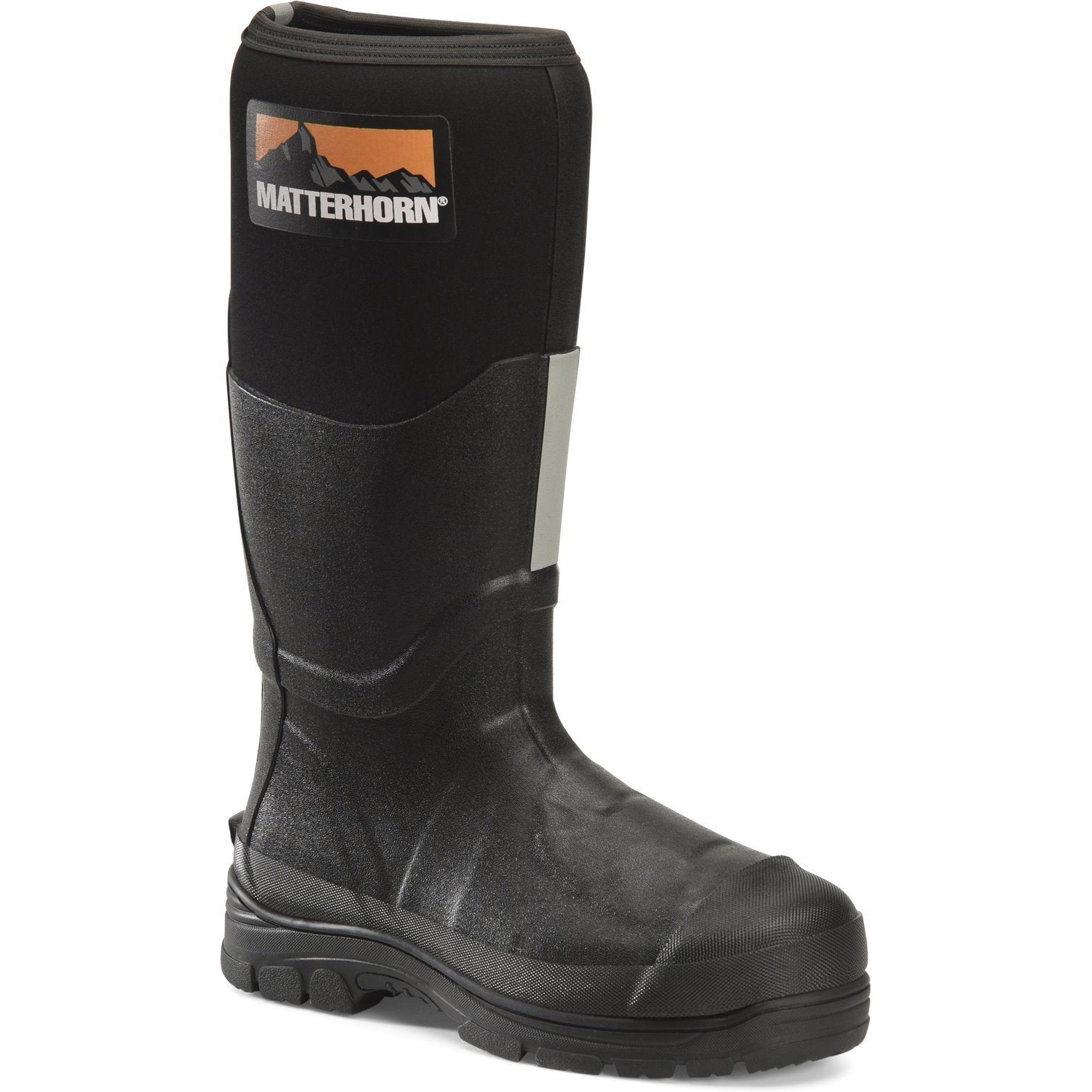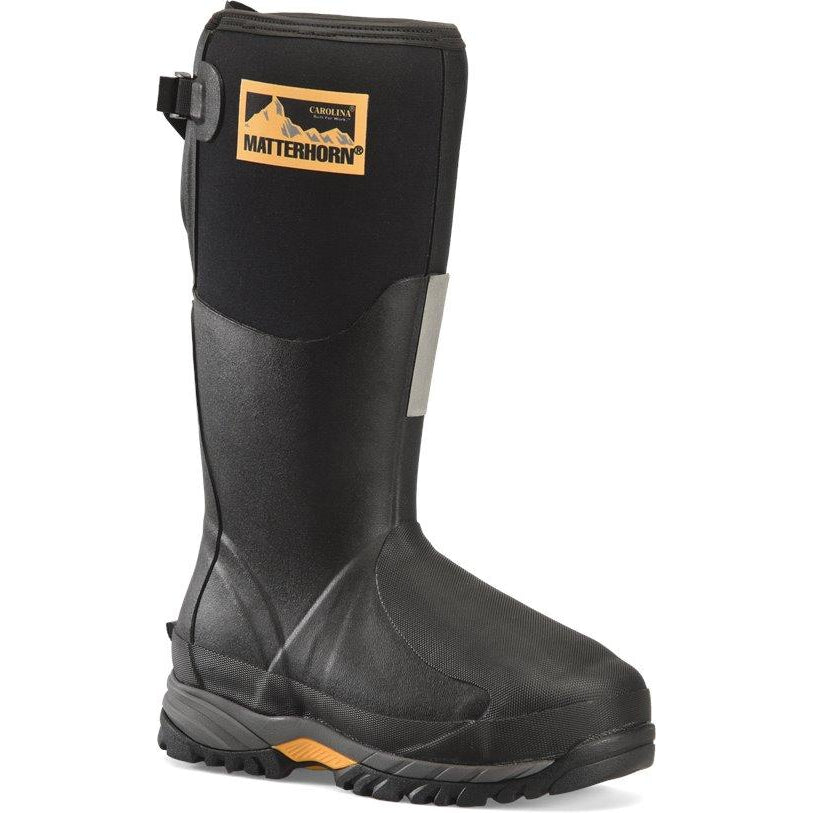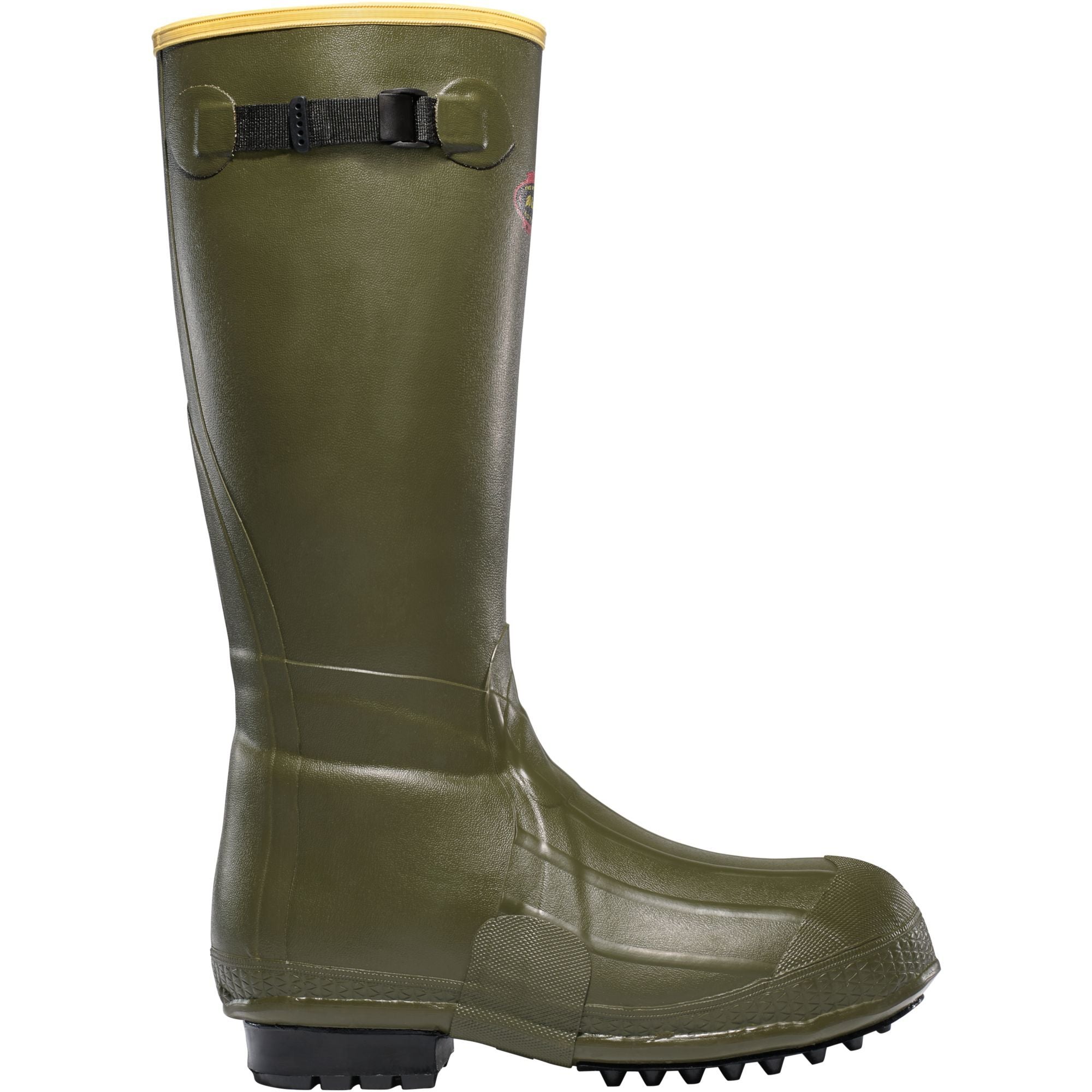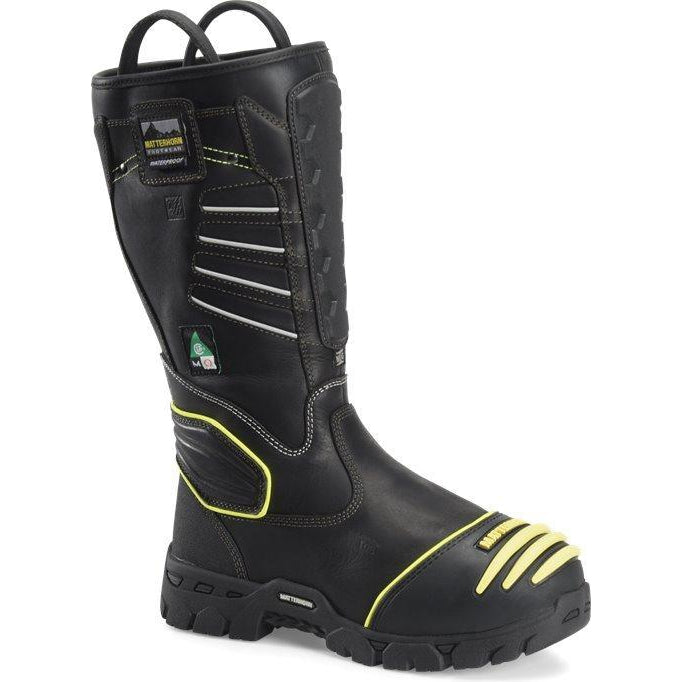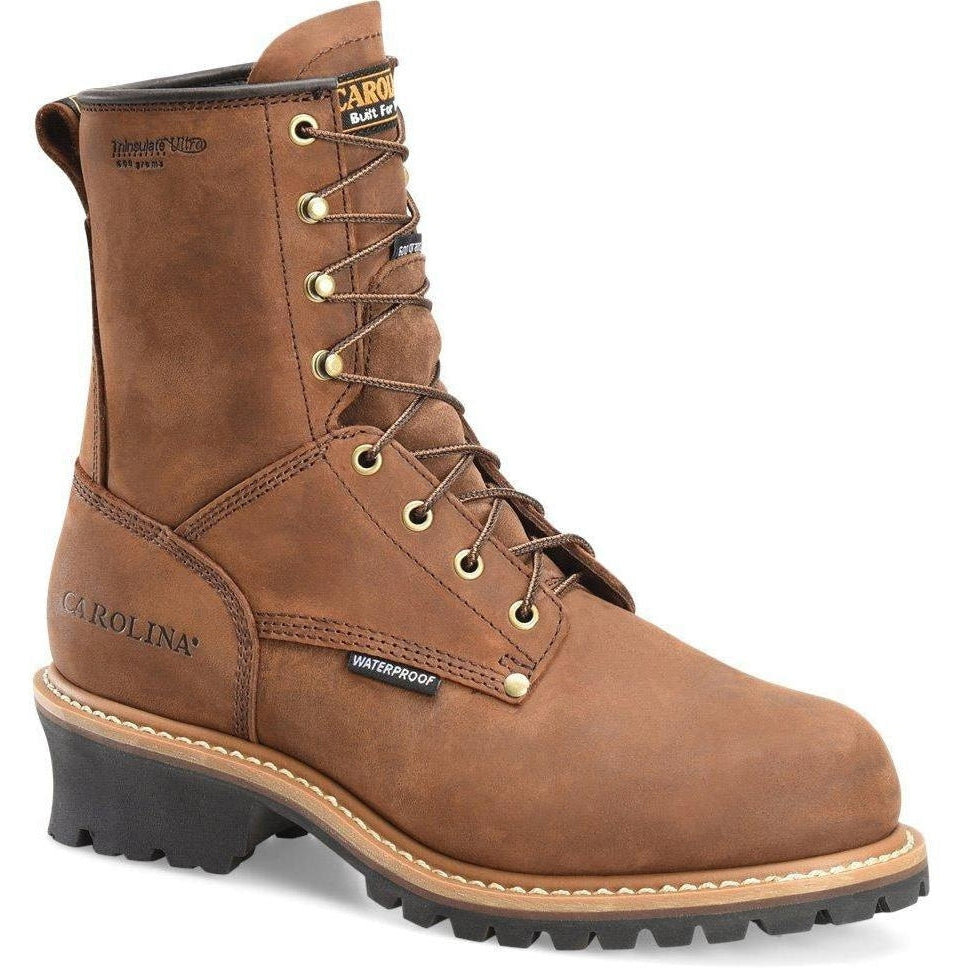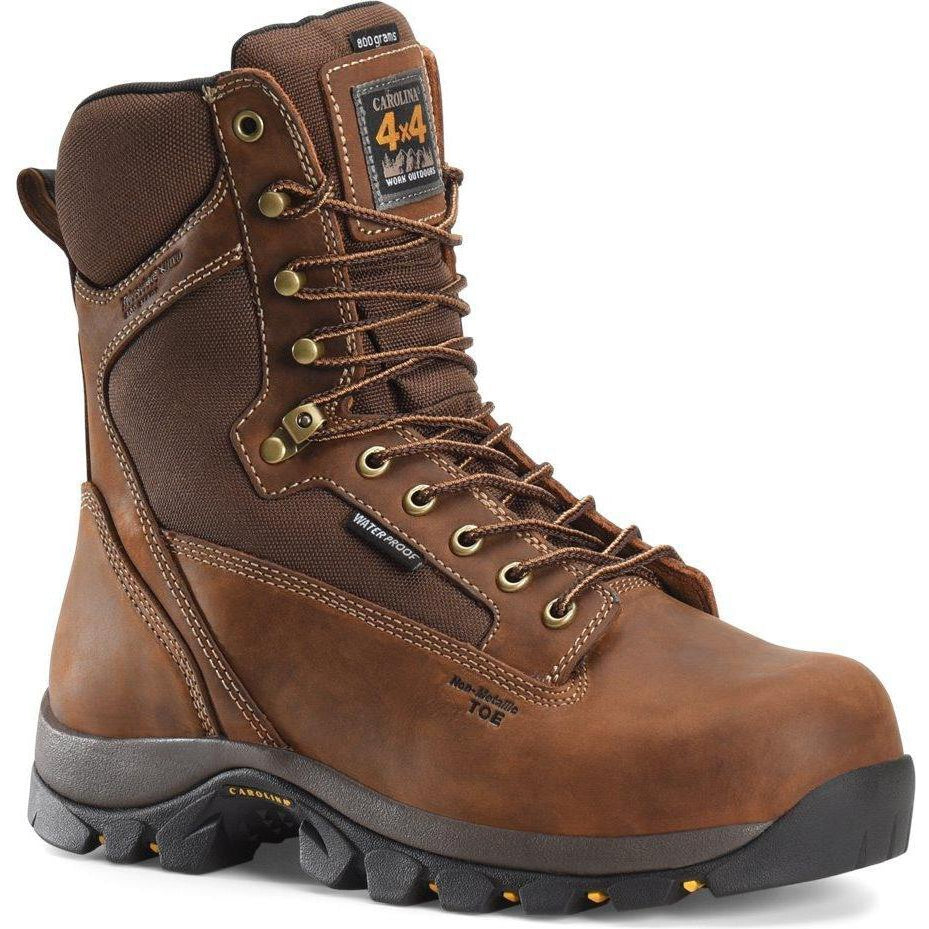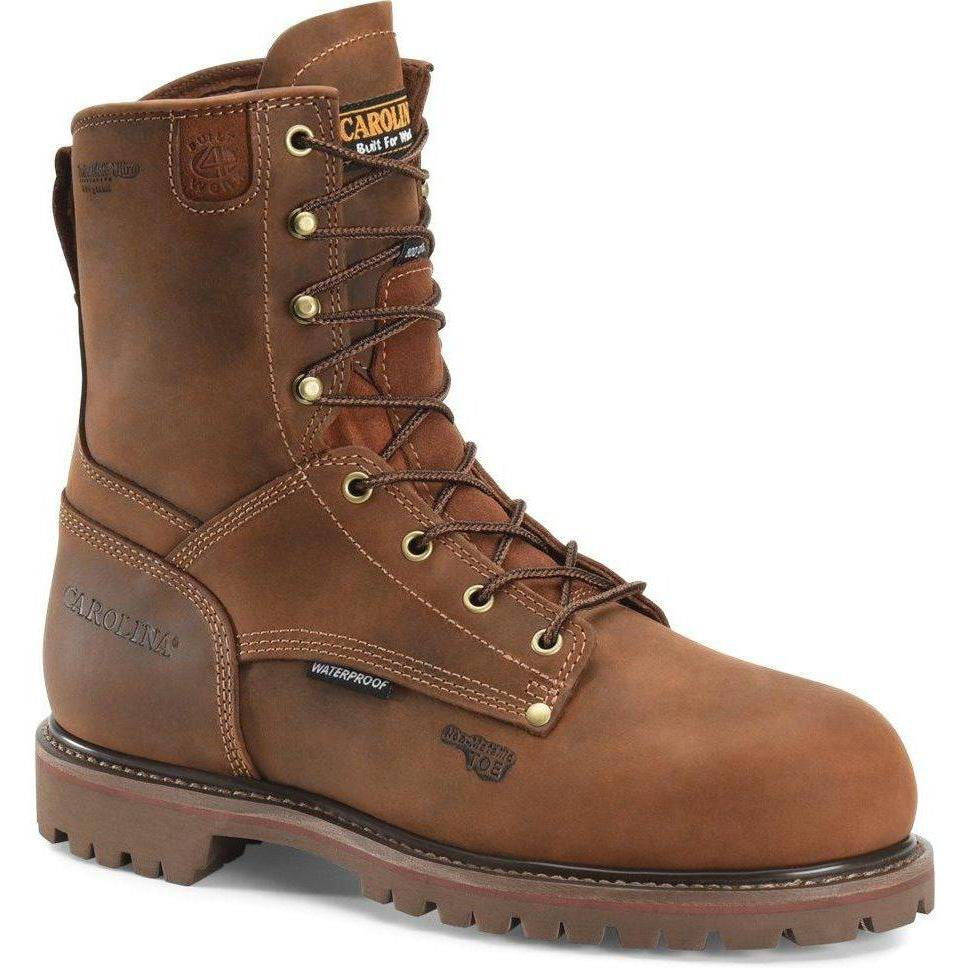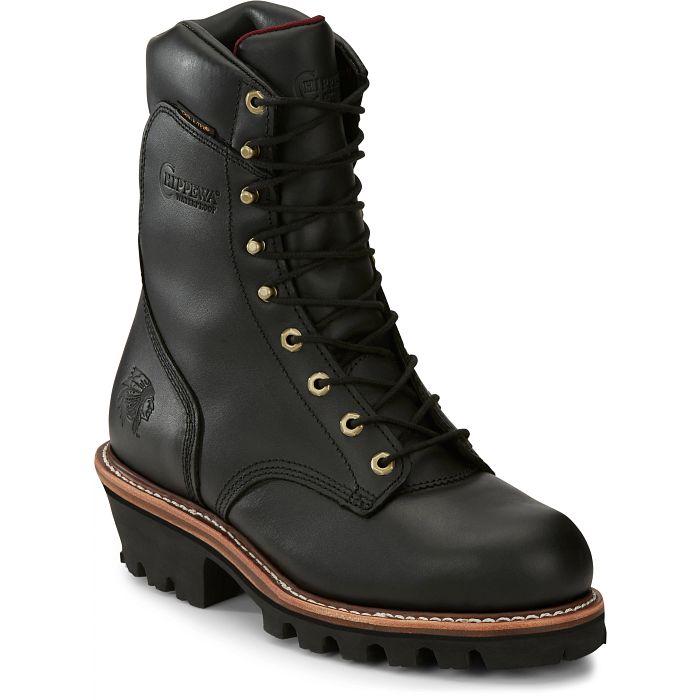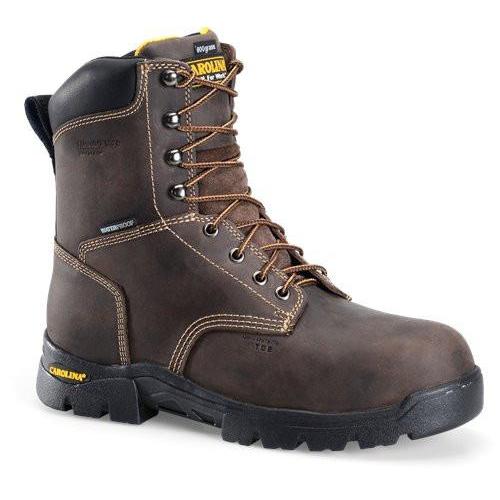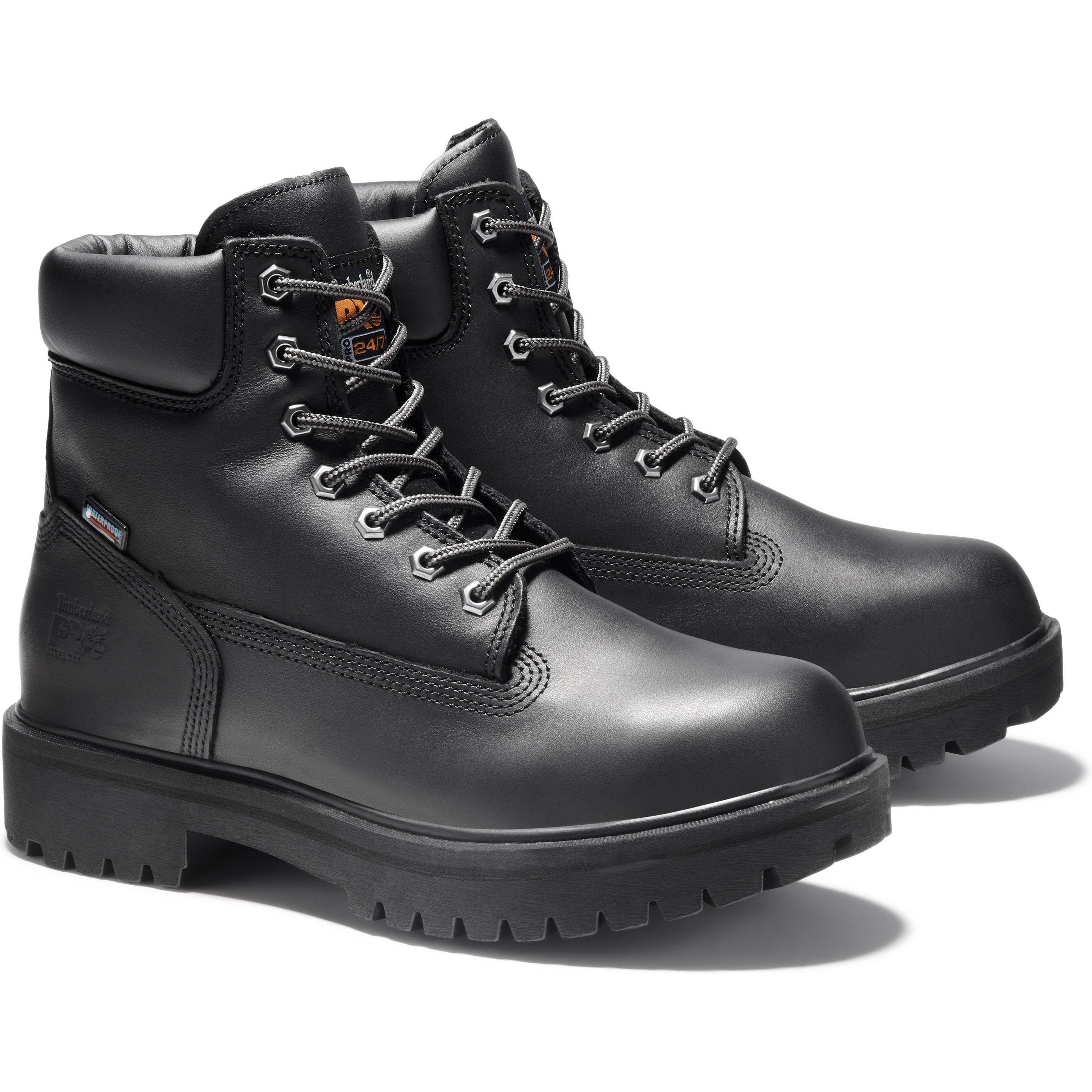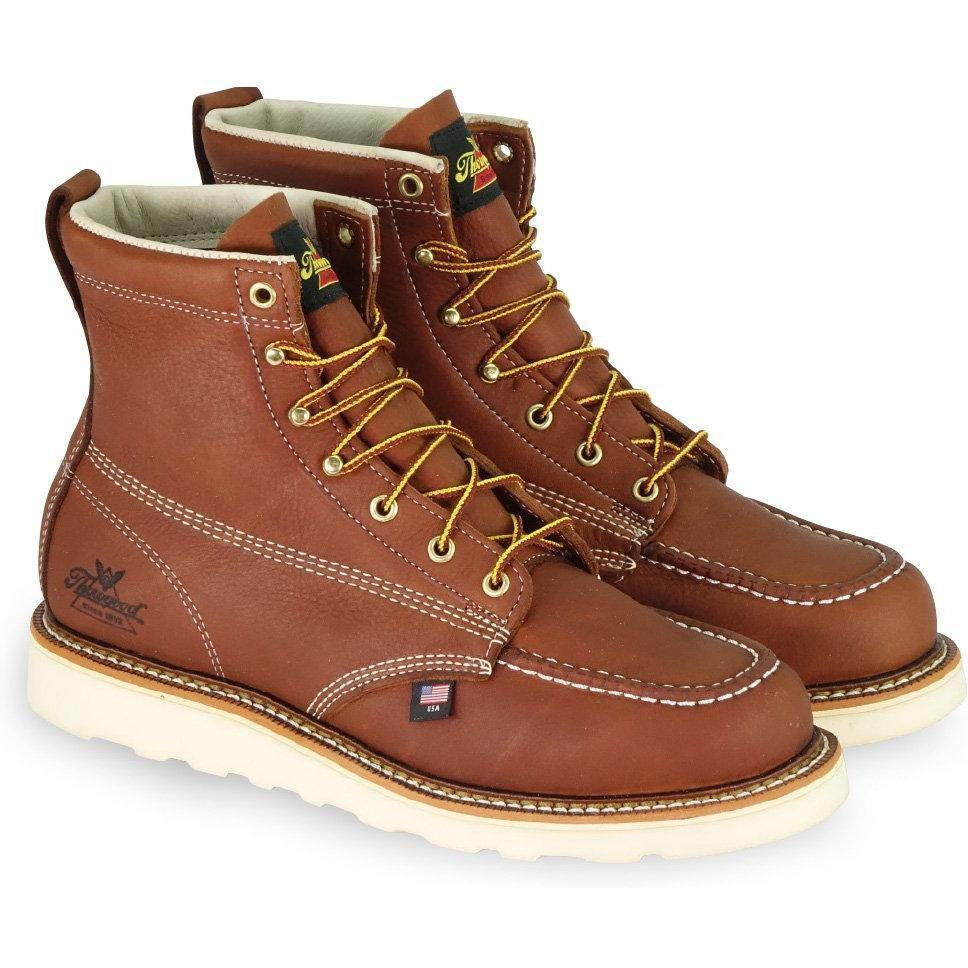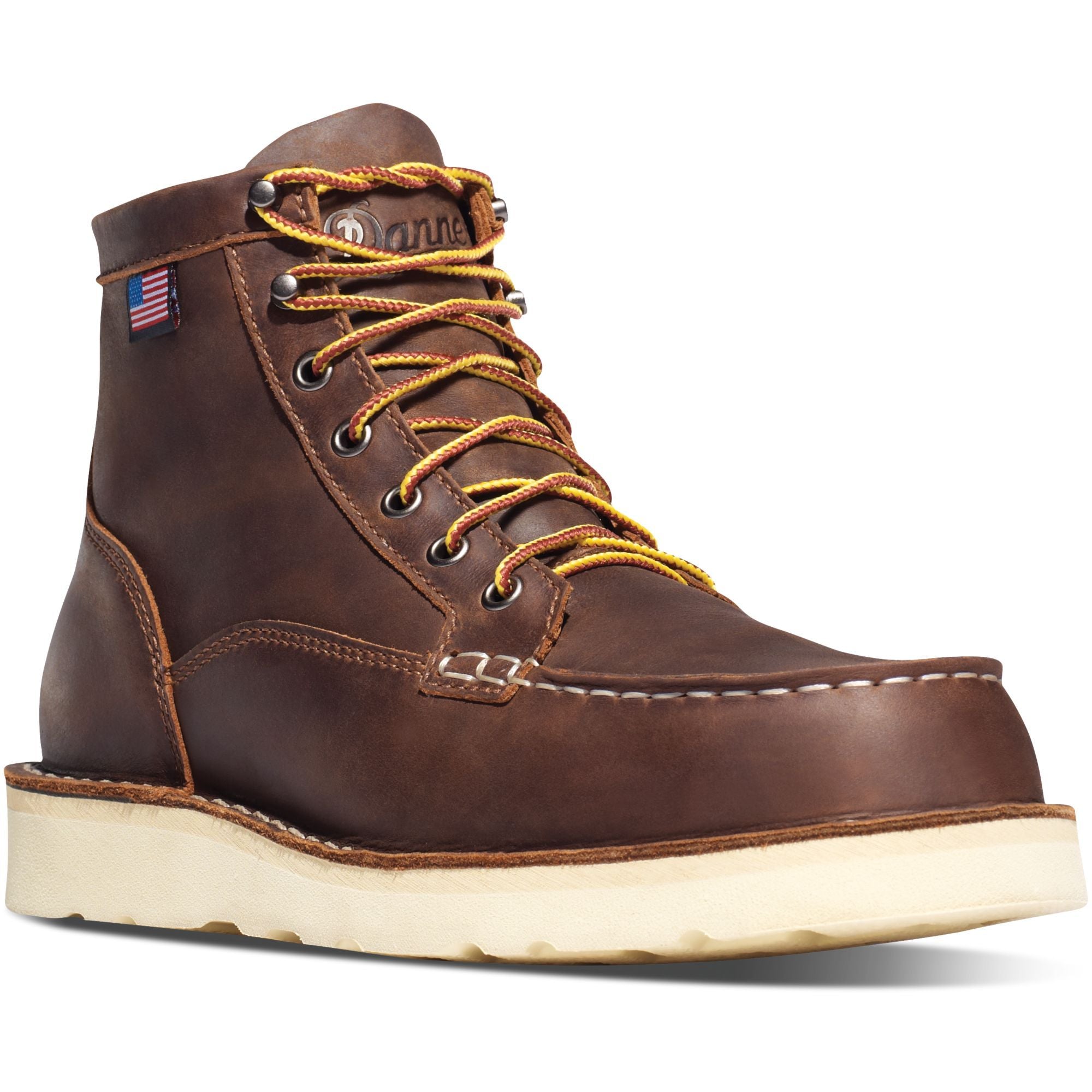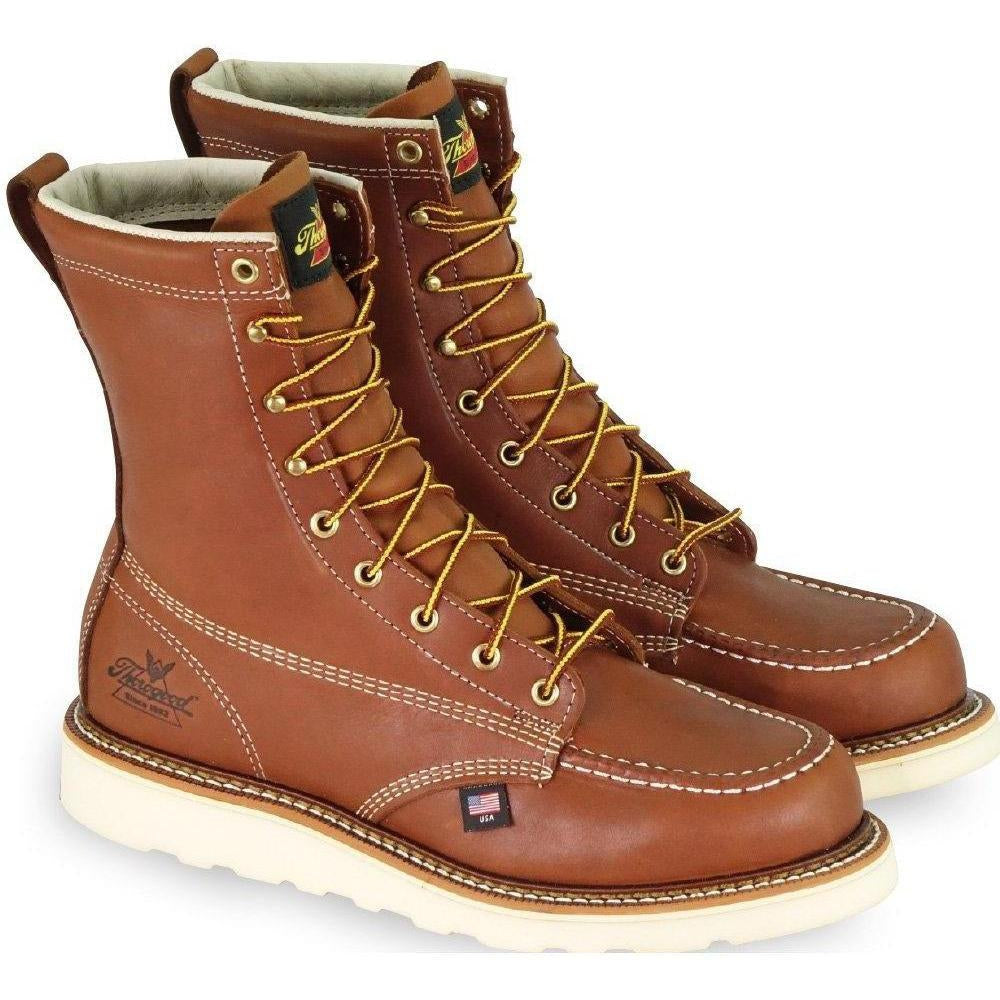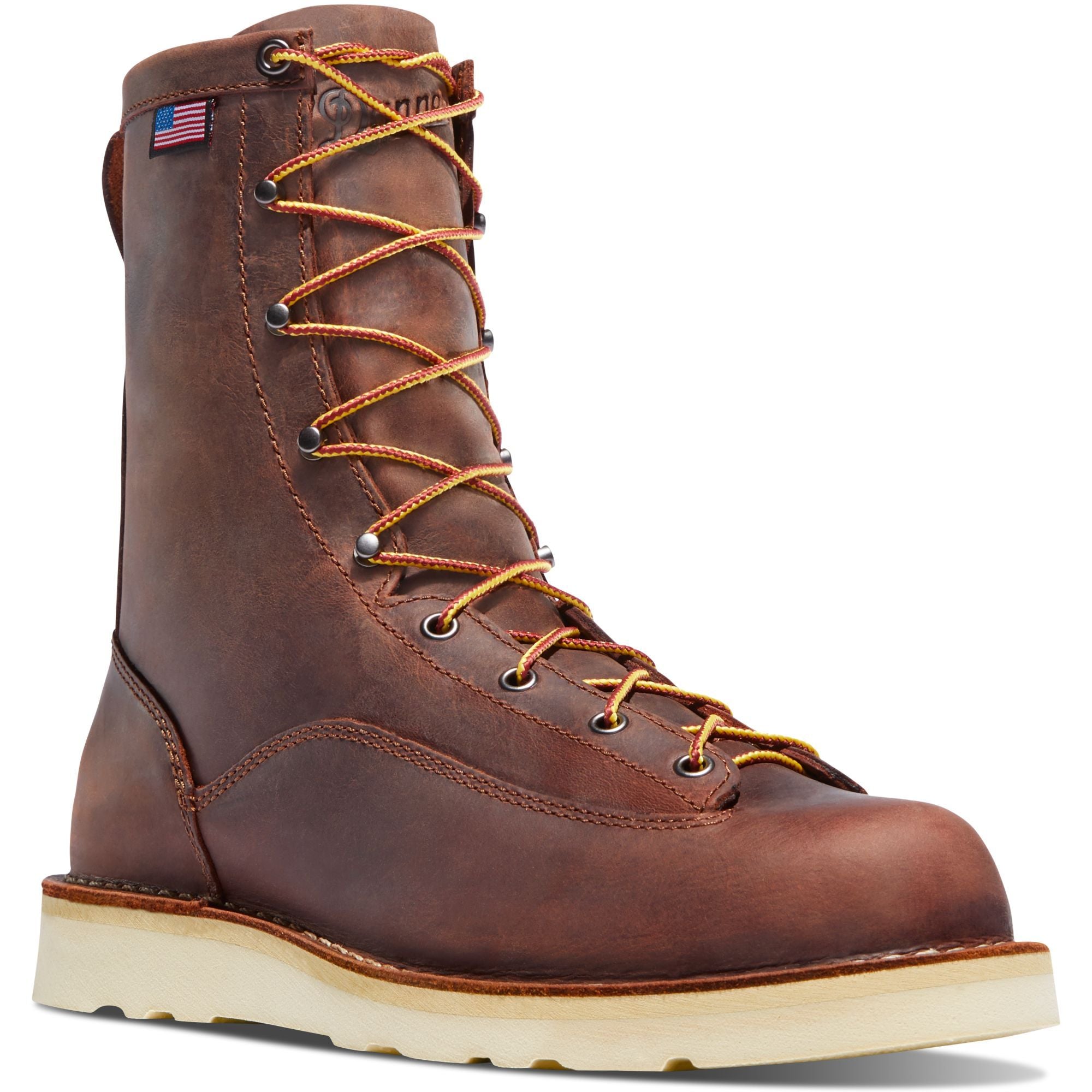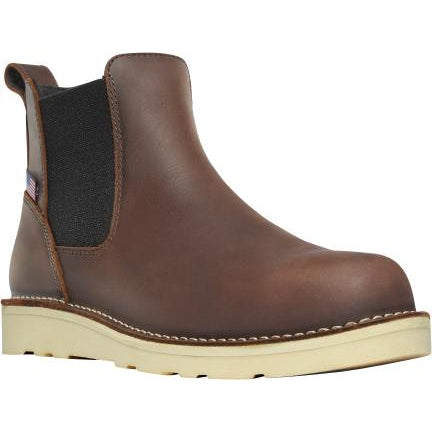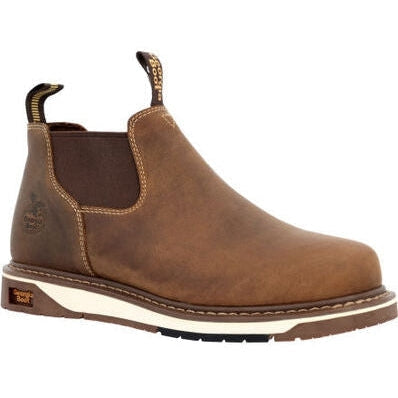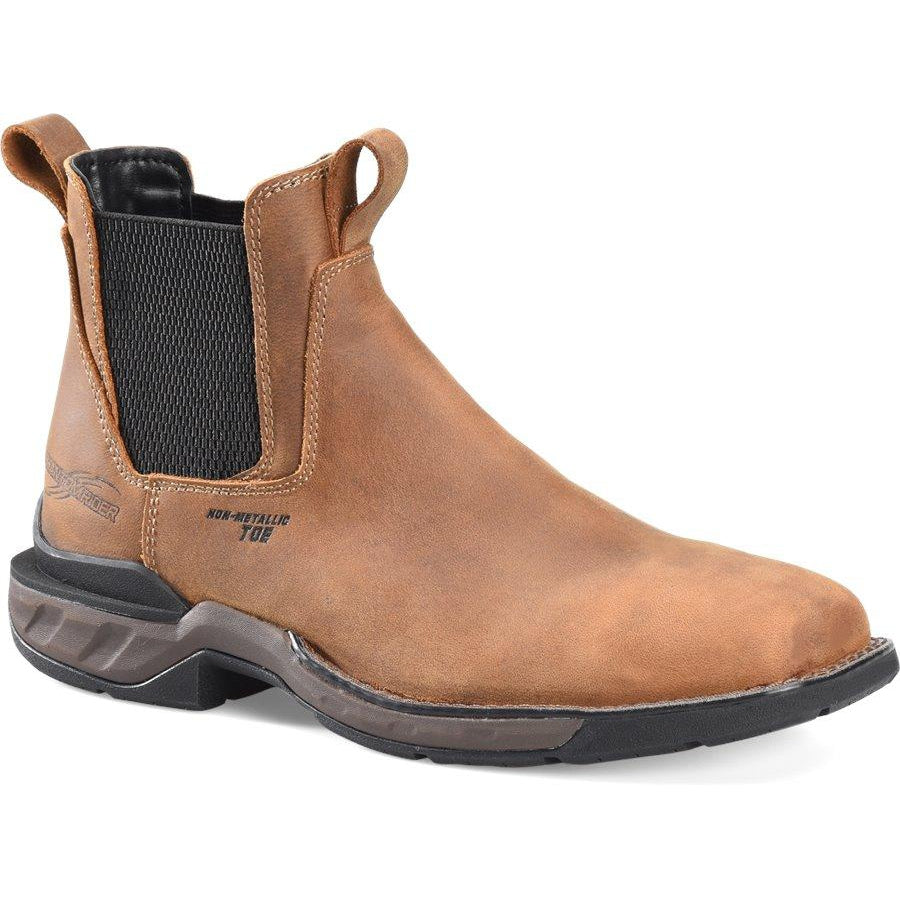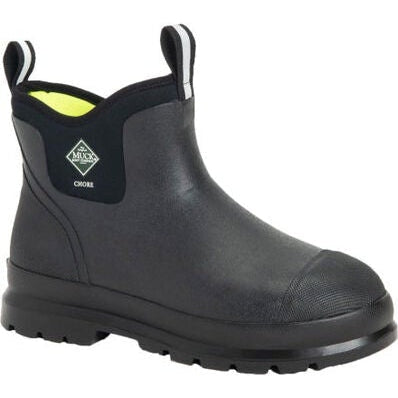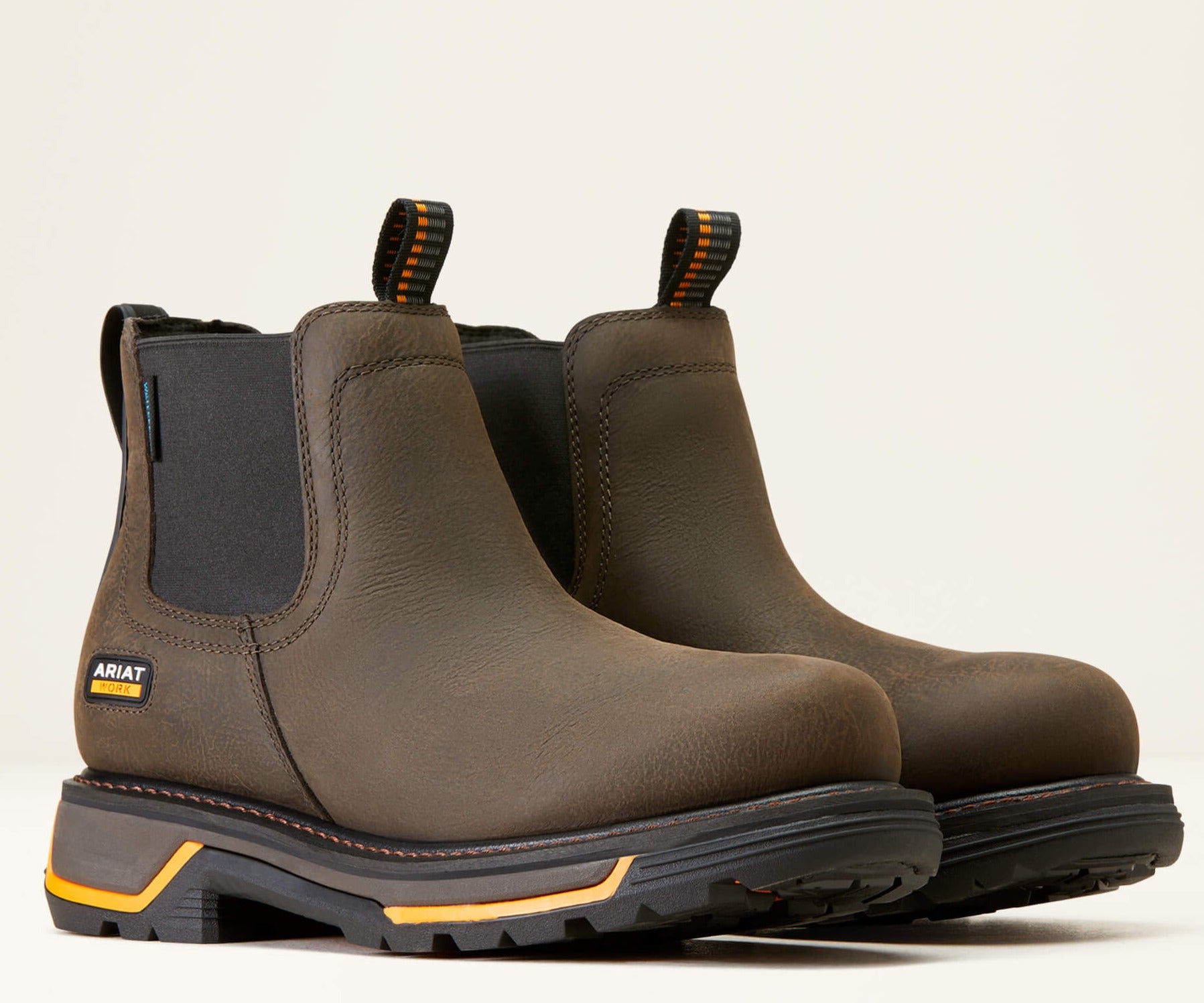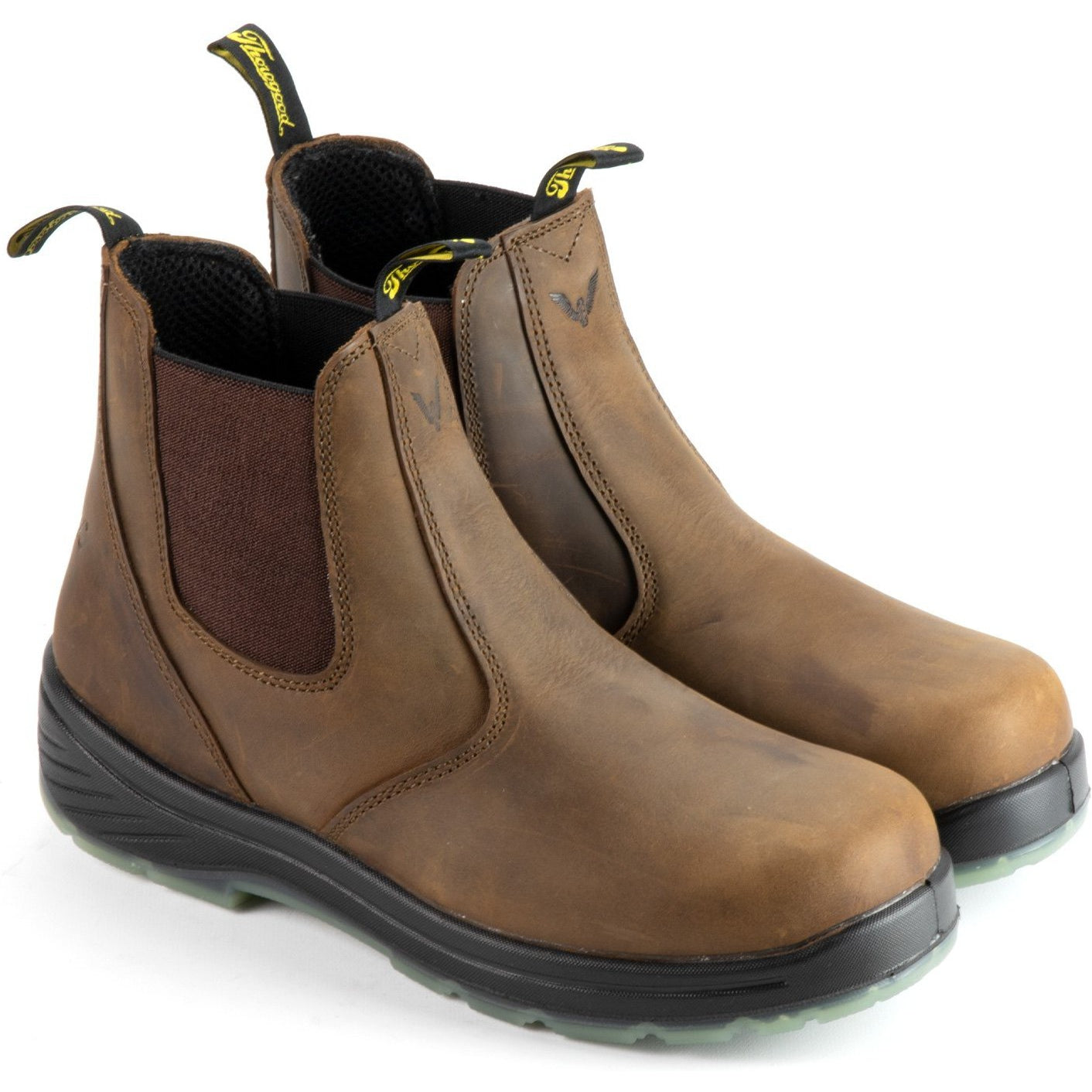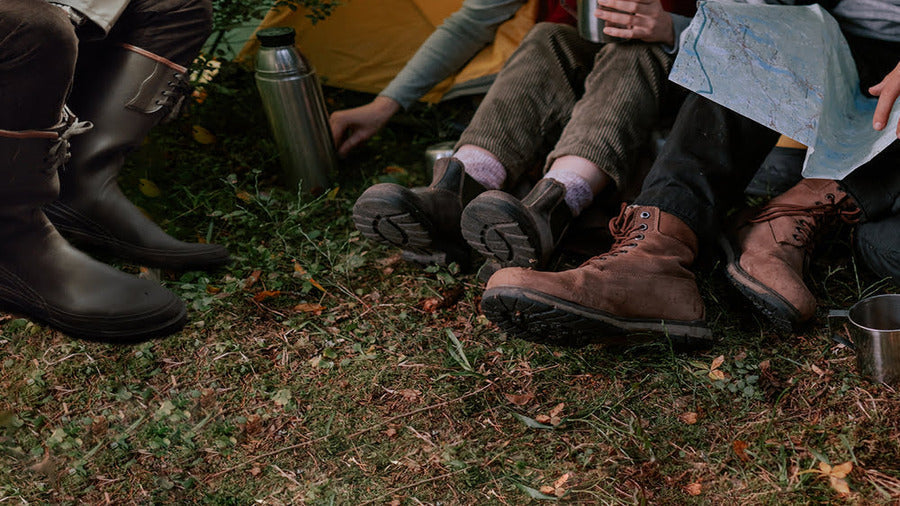It's easy for a footwear buyer to get boggled by the numerous types of boots available today. No worries! It's exactly why we've prepared this comprehensive guide to help you choose the right type of boot for your needs.
Instead of focusing on every style of boots out there, we've focused on different types of outdoor and work boots. Embark on a thrilling boot odyssey – from rugged styles such as work and combat boots to the timeless allure of western boots and wedge styles.
Besides different styles, boots also come in different heights, so we'll delve into tall boots and ankle boots, too. Ready to learn more about different boot types and what they are used for to take your boot game to a new level?
Keep on reading and prepare to conquer the boot-buying maze with ease!
The History of Boots
The history of boots dates back to 15,000 BC when they were first glimpsed in a painting portraying a man clad in skin boots and a woman donning fur boots, standing side by side. These early examples were undoubtedly functional, designed to shield their wearers' feet and legs from the unforgiving elements.
Interestingly, boots were even featured in Khnumhotep's Tomb in 2,140 BC. One detailed boot painting dates back to 1,000 BC when the Scythians in southern Siberia wore simple leather boots with fur coverings. However, it wasn't until around 3,000 BC that the Minoans transformed boot-making into a skilled and specialized trade, setting the stage for an exciting era of innovative designs and craftsmanship.
The boots' original purpose was to protect the wearer's feet and legs. Over time, boots not only served as practical footwear but also became a fashion statement, with quality pairs crafted from luxurious materials symbolizing wealth and societal status. Today, the vast array of versatile boots, ranging from utilitarian work and combat boots to the timeless appeal of western and wedge styles, stands as a testament to the enduring legacy and evolution of this beloved type of shoe.
The Different Types of Boots
Wondering what boot types are there? Today, various types of boots are available based on their style, height, and material. Different boots seamlessly transition from everyday wear, effortlessly pairing with casual outfits, to tackling rugged terrains with ease and even gracing formal attire with its timeless appeal.
Time to unveil the ultimate list of boots - a captivating guide to the most common and popular types of boots, each with its unique purpose and allure. Join us as we unravel the secrets behind their practicality and popularity to help you discover the perfect boot for every occasion!
Work Boots
[prc-collections-carousel]
Rugged, durable, and stylish, work boots for men are all you need to stay protected and comfy while fulfilling your duties, regardless of the weather. Their design was perfected during the last couple of decades. Work boots protect the feet and lower legs and typically feature a long-lasting lug sole for uneven terrain. Besides that, work boots are also some of the most comfortable boots out there.
These heavy-duty boots are the champions of footwear and are essential everyday boots built to withstand the rigors of demanding professions across diverse industries thanks to their sturdy, safety-toe construction. Note that these rugged companions come in a variety of styles and features, each uniquely tailored to suit specific job requirements. So, if you need a work boot, make sure to check their specifications before buying.
Among the most sought-after variations are the renowned steel-toe boots, ensuring uncompromising safety for those working in hazardous environments. From construction sites to factories, work boots have become synonymous with reliability, durability, and protection, providing workers with the confidence to tackle any task with ease and security.
Cowboy Boots
[prc-collections-carousel]

Cowboy boots are types of shoes rooted in function. All you need to do is pull them on, wear them hard, and they will last for years. They are anything but casual shoes – the tall shaft and pointed toe make this boot instantly recognizable. Note that there are two classic styles of cowboy boots:
- Traditional cowboy boots feature a taller and angled riding heel.
- Roper boots have a shorter heel and are designed for long walks.
- Western work boots for men combine the ruggedness of work boots with the iconic Western style. They feature sturdy construction, reinforced toe caps, and slip-resistant soles, making them ideal for tough outdoor jobs while preserving the cowboy-ish classic design.
- Buckaroo boots, also known as "tall Tops," boast an even taller shaft than traditional cowboy boots, providing extra leg coverage. These boots are popular for rodeo events and make a bold fashion statement with their distinctive elongated design.
Engineer Boots
The engineer boots were designed to protect the feet of workers who fed coals into steam engines during the industrial revolution. They combine the supportive arch and sole of a work boot with the tall pull-on style of horse riding boots.
Adjustable buckles that is, a buckled ankle strap, set this style apart from other pull-on boots. Today, these versatile boots symbolize resilience and timeless craftsmanship, ideal for the rugged workday and fashion-forward adventures.
Hunting Boots
[prc-collections-carousel]
The hunting boot is a staple in the Northeast. The traditional style has a hand-sewn moc toe, a durable, grippy outsole, and a lace-up boot closure. Thanks to their stylish look, many wear these quality boots even when not hunting.
Hiking Boots
[prc-collections-carousel]

Traditional hiking boots feature sturdy soles, lace-to-toe closures, and heel support, meaning this type of boot is as hardworking as it's stylish. They became popular because of their alpine prowess, which they still boast.
Combat Boots
[prc-collections-carousel]
Combat boots, the battle-tested footwear of enlisted military personnel, place functionality above all else, proving that utility triumphs over aesthetics. Also known as "army boots," they offer an impressive combination of protection, grip, and stability. Moreover, they are becoming increasingly popular amongst counterculture groups.
Rain Boots
[prc-collections-carousel]
Rain boots, also known as Wellington boots, galoshes or gumboots, have broken free from their traditional yellow hue and kiddie sizes, embracing a world of diverse styles and adult appeal. Amidst a sea of waterproof boot choices, rain boots emerge as the true style standouts, boasting an unmistakable charm that captures everyone's attention.
They are tall, made of rubber, and excellent at keeping your feet dry in the wettest conditions. Ankle rain boots have recently made their mark, too. Wellingtons are some of the best waterproof boots out there, so keep them in mind when shopping for rain boots.
Snow Boots
[prc-collections-carousel]
Snow boots are the staple of winter wear. They are designed to keep your feet warm and dry in freezing weather conditions since they feature a layer of insulation. These insulated boots are a top choice to avoid getting your feet wet during outdoor activities.
They are also waterproof, excelling in snowy, icy, and wet conditions. Moreover, their exterior is easy to clean. However, this type of boots tends to be heavier and less breathable.
Trench Boots
The trench boot is worn since World War I. Also known as officer or army boots, this type of boot is a stylish staple that's shaken its military roots. Similar to the work boot, the trench boot has a lower profile that's easy to integrate into various wardrobes, making it an amazing boot for various work or weather conditions.
Moc Toe Boots
[prc-collections-carousel]
Quite different from other types of boots, moc toe work boots have visible stitching around the rounded toes, giving them a style that resembles moccasins. Made with tall shafts and rubber soles. Moc toe boots became popular amongst hunters, farmers, and other outdoor workers.
Wedge Boots
[prc-collections-carousel]
Wedge boots feature a sole that resembles the shape of a wedge, hence their name. Wedge boots come in different styles, including work boots, casual boots, and more fashionable boots. They are typically used for adding height and style without compromising comfort - the wedge heel extends from the back of the shoe to the front, providing stability and support.
Harness Boots

Also known as "biker boots," harness boots are the real deal amongst motorcyclists. They are typically made with heavyweight, tough leather and range from 10 to 38 inches in height. The most striking feature of this boot is the ankle strap connected with a ring. This adjustable strap serves as the iconic harness that bestows this boot with its name and distinctive charm.
Chelsea Boots
[prc-collections-carousel]
Born in the heart of England in the mid-19th century, the iconic Chelsea boot embodies timeless elegance and effortless style. Its sleek silhouette, distinguished by heel pull-tabs and elastic side panels, makes it the ultimate choice for a seamless transition from casual wear to formal occasions. From strutting through city streets to owning the dance floor at a party, the Chelsea boot is your ticket to looking sharp and feeling confident in every step you take.
Chukka Boots
Also known as desert boots, chukka boots were first worn by British soldiers in Africa during World War II. Later, they made their way across the Atlantic, becoming a casual staple for the second half of the 20th century. Although Clarks made the original chukka boots, upmarket offerings enhanced the formula. These boots lace up just above the ankle and typically feature a soft rubber crepe sole. Although available in a variety of styles, the suede style is the undisputed favorite!
Different Boot Types Based on Height
While boots can be of any height, they typically fall into one of the following categories:
- Ankle boots: Ankle boot designs are the shortest of the four categories. They can sit just under, on, or just above the ankle. There are various ankle-high boot styles, including classic silhouettes like chukka and Chelsea boots, and can even be worn as dress boots.
- Calf boots: Many boots are designed to be calf-high, including cowboy and combat boots.
- Knee boots: Knee-high boots are tall boots that can be quite fashionable and used for formal outfits but are also functional. Wellington boots are perhaps the most famous knee-high boots.
- Over-the-thigh boots: Over-the-thigh boots or thigh-high boots are the tallest types of boots of these four categories. The tallest boot design is likely waders, with some designs going up to the waist or even chest.
Different Types of Boots Based on Material
Leather is probably the first material used to make boots and is still used to make different types of boots today. However, over time, boots have been made from a wide variety of materials, such as rubber and nylon. The soles can also be made from various materials, including cork, rope, and vulcanized rubber.
Leather Boots

Leather boots are stylish, durable, easy to clean, and versatile. Leather is known for its durability, and that's why it's been used to make boots for thousands of years. This material is typically used to make boot uppers. In addition to leather uppers, leather sole construction is also common in different types of boots.
While all-leather work boots offer an array of benefits, it's essential to be cautious of imitation or faux leather alternatives. Genuine leather boasts unparalleled durability, making it a staple material for boot production over millennia. Its natural strength ensures the longevity of the boot, making it a reliable choice. Leather boots are used for a wide range of purposes, including work, outdoor activities, fashion, and protection, due to their durability, style, and versatility.
Nylon Boots
Nylon is a lightweight and breathable material, so if you're looking for a pair of boots that offer these qualities, opt for boots made of nylon. Moreover, nylon is very durable and can be dyed in a variety of colors. From a sleek pair of urban design boots to trendy hiking boots, nylon offers a versatile canvas for various kinds of boots, although it is mostly used in sneaker boots and military or combat boots.
Polyurethane Boots
Polyurethane (PU) is a highly durable synthetic material. It's also very versatile and can be dyed in various colors. This material is often used for making shock-absorbing midsoles, which is a vital feature of the best work boots for plantar fasciitis.
Rubber Boots
Rubber is a durable, waterproof material resistant to chemicals. Moreover, it's tough and stretchy at the same time. This means it's a perfect material for waterproof boots. Rubber can make waterproof boot uppers and soles, as rubber soles offer excellent shock and slip resistance.
Suede Boots
Suede is soft and velvety leather. Many boots are made from this type of leather because of their beauty and durability. Brown suede is the go-to pick.
Fleece Boots
Fleece is a soft, insulating fabric designed to keep you warm. Made from synthetic materials, fleece is a vegan-friendly alternative to wool. Since fleece is warm, it's often used to line different snow boots.
Patent Leather Boots
Patent leather is specially-treated leather to be stiff, shiny, and smooth. The process of making patent leather is being used since the early 19th century. This kind of leather is coated in varnish, which gives it a glossy surface. In addition, patent leather offers a high level of water resistance and looks stylish.
Wool Boots

Wool is a soft material made from fibers of sheep hair. It's warm and insulating, making it perfect for winter boots. That said, boot uppers are often made of wool but can also be used for boot lining. This way, footwear becomes more winter-friendly, keeping your feet warm in the coldest conditions.
How Do I Choose the Right Boot? Tips for Buying the Right Pair
There are several factors to consider before buying a new pair of favorite boots:
- Quality and price: While more expensive doesn't always have to mean better quality, boot prices often go hand in hand with quality. If you choose the cheaper alternative, you may have to spend more money on new boots quickly. That's why we recommend investing in a pair of durable, high-quality boots that will last. This way, you will also save money in the long run while supporting sustainability.
- Comfort: Comfort is a vital factor to consider when buying a new pair of boots. That's especially true if you plan to use them daily or work in them.
- Materials: Leather is the best material for most boots because it's durable, soft, and comfortable, offering a level of water resistance. However, in some cases, it may not be an ideal option, such as for fishing. So, when choosing your boots, consider where you will be using them, what degree of breathability you need, how much flexibility you find comfortable, etc. This will give you a good idea about which boot material you should choose.
- Weather: Boots that are excellent for winter won't do you much good during the summer. While there are multi-purpose boots for all seasons, buying a few pairs for each season will offer you more comfort as they are specifically designed with that particular weather in mind.
Get the Right Type of Boots for Your Needs
Congratulations! You're now officially a boot aficionado, armed with the knowledge to nail your footwear game. Whether it's conquering the great outdoors, tackling work challenges, or braving unpredictable weather, you now know how to choose the right types of boots for your needs.
But wait, the adventure doesn't end here! At Overlook Boots, a wide range of top-quality boots awaits your discovery. Our collections showcase an unparalleled variety, boasting leading brands catering to every industry and style preference.
Don't miss out on your dream pair of boots – go on, explore, and stride confidently with each step!
